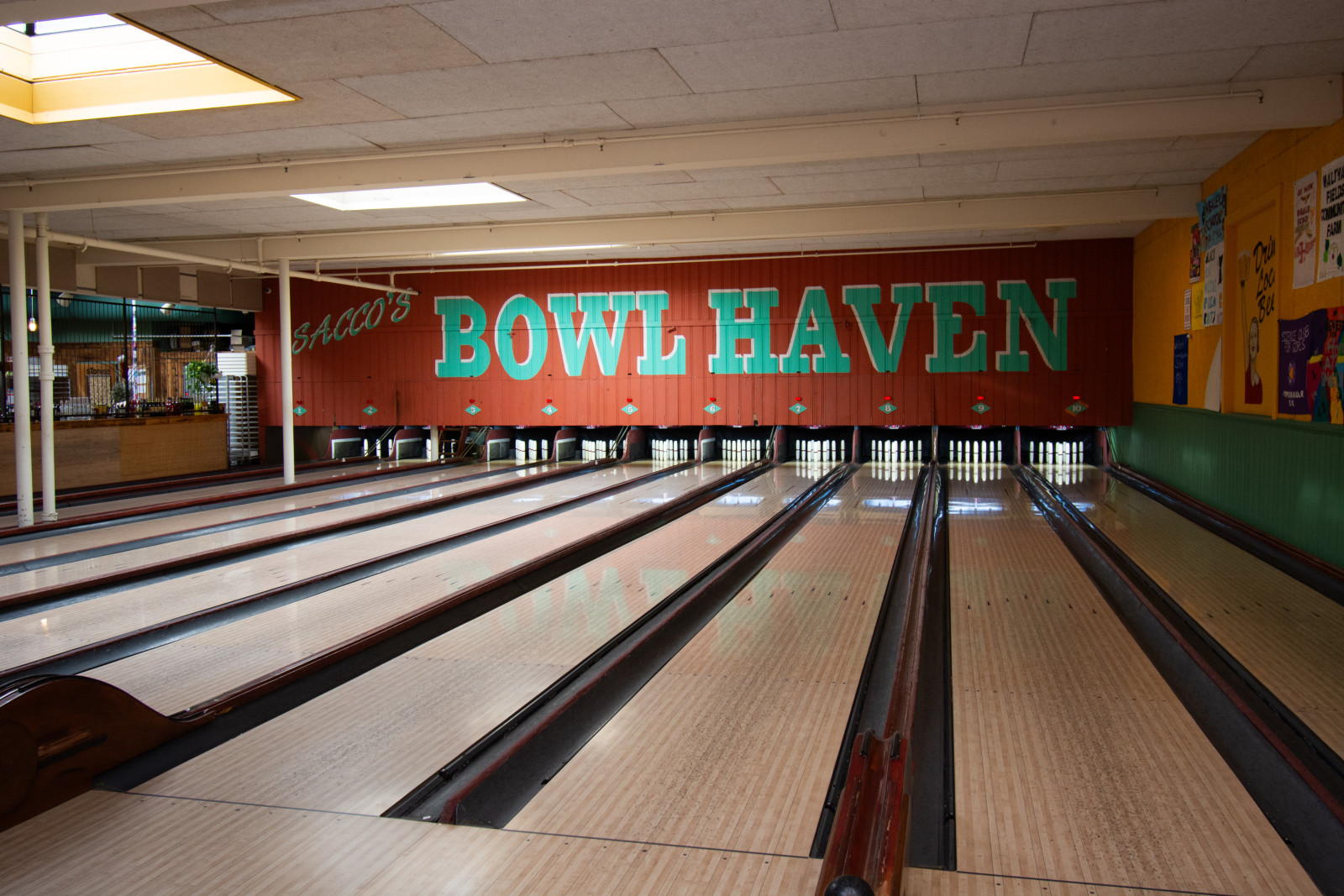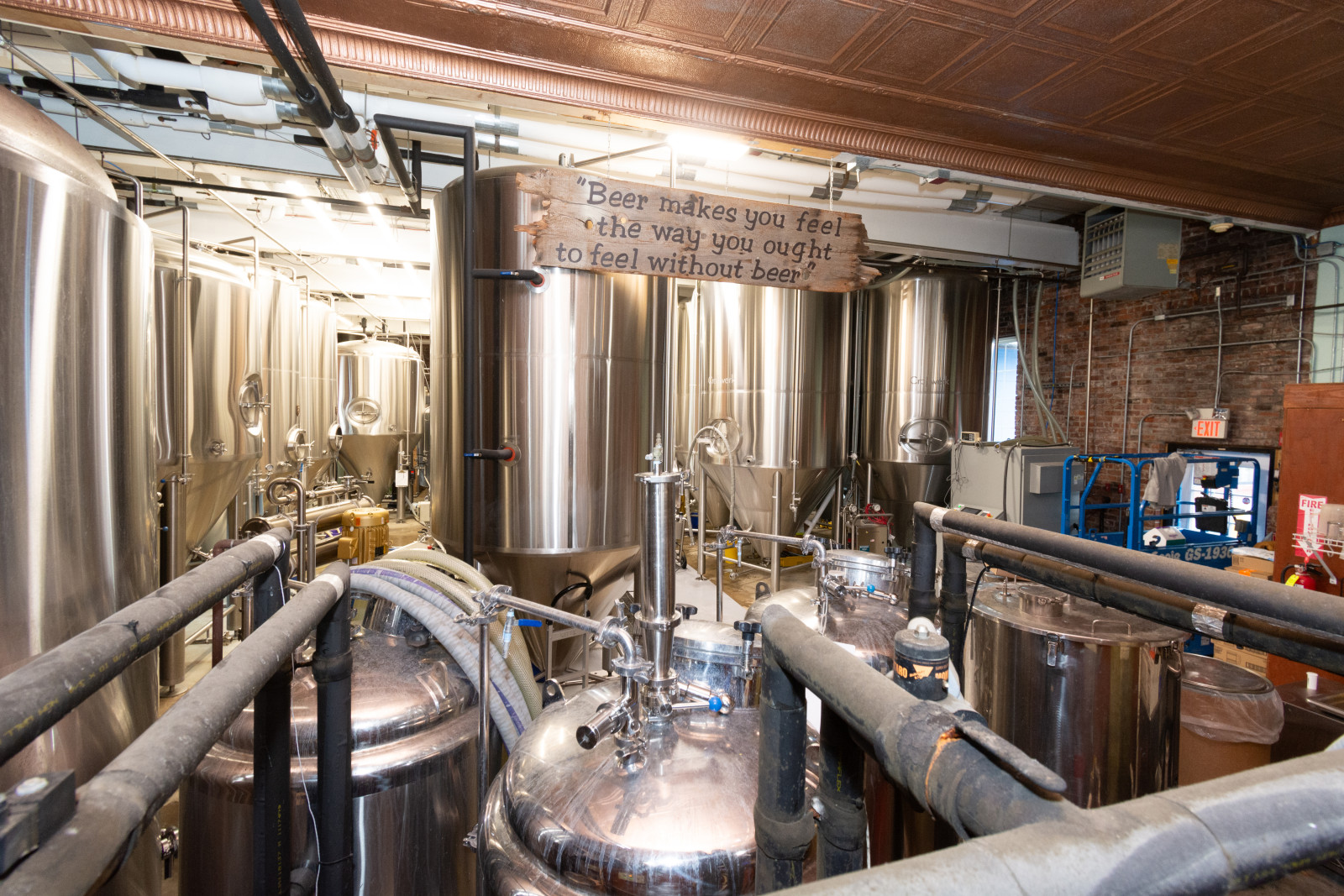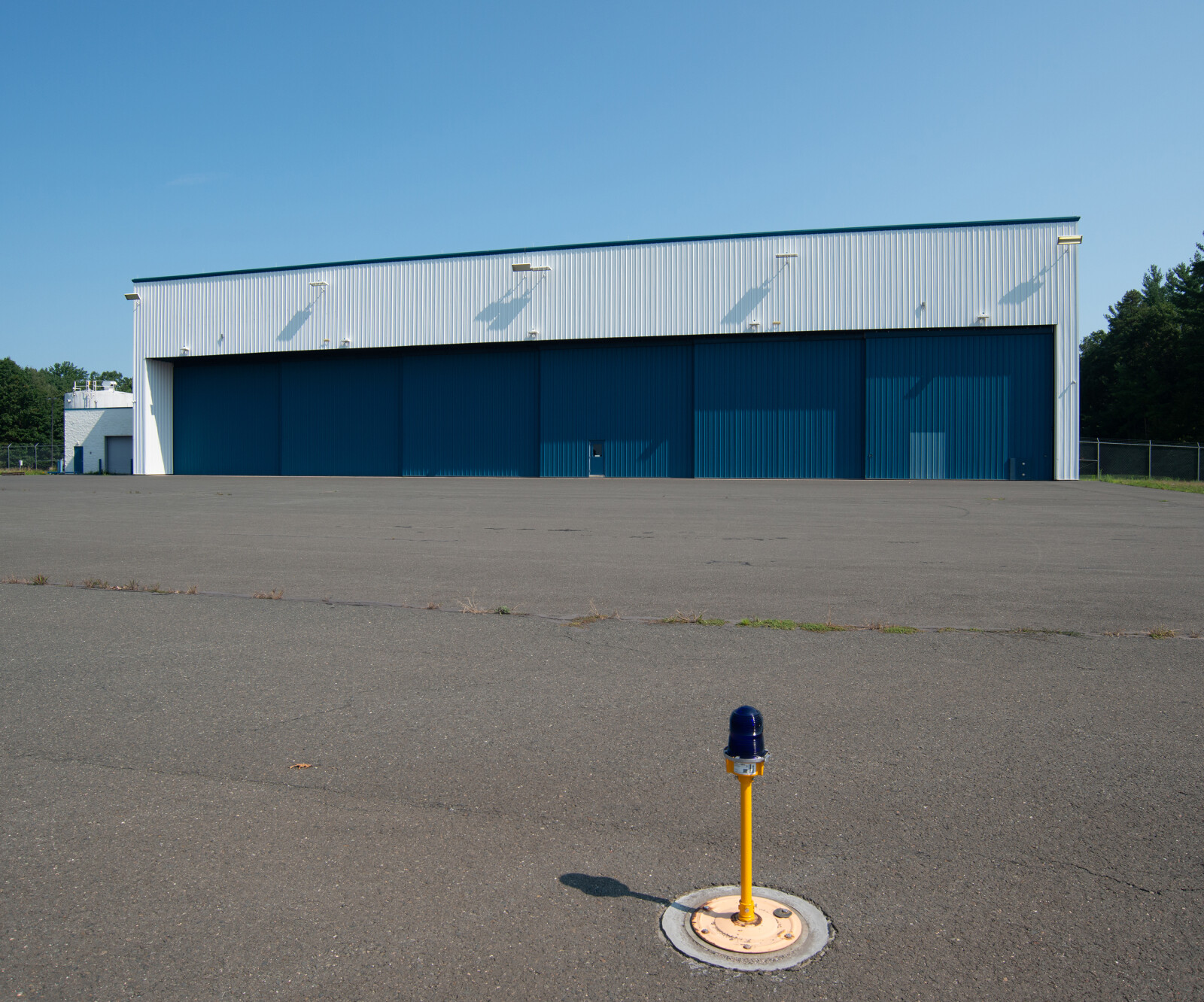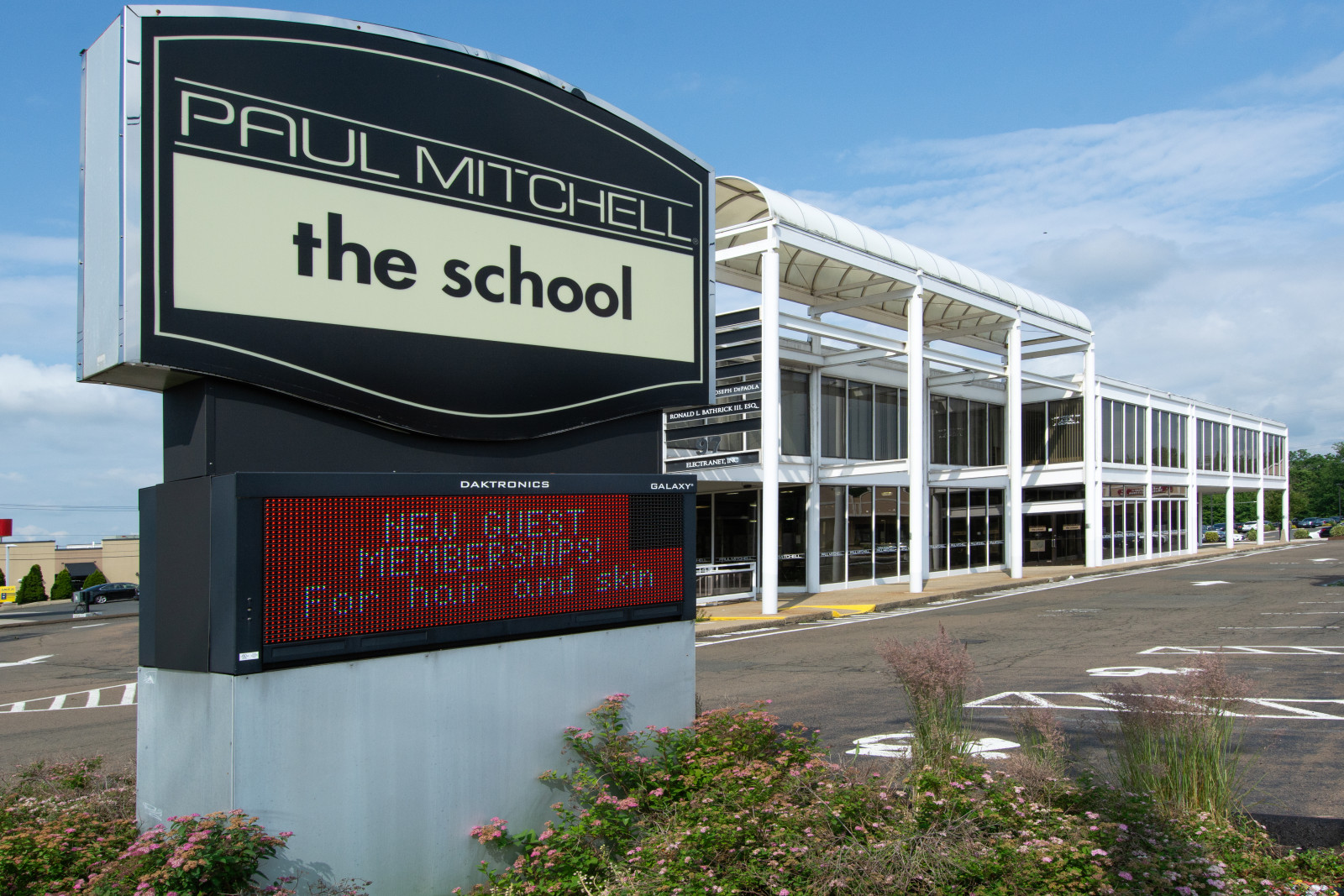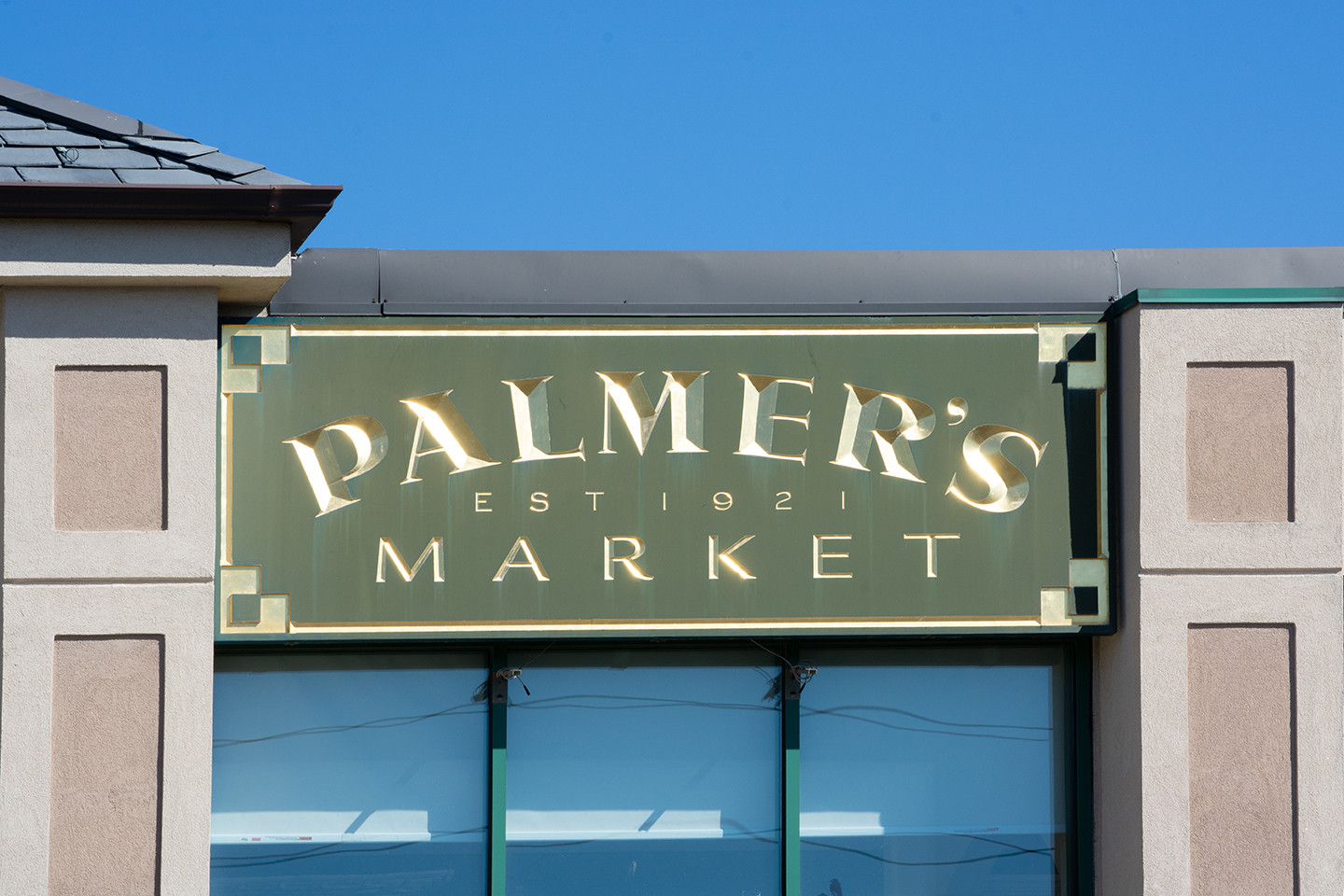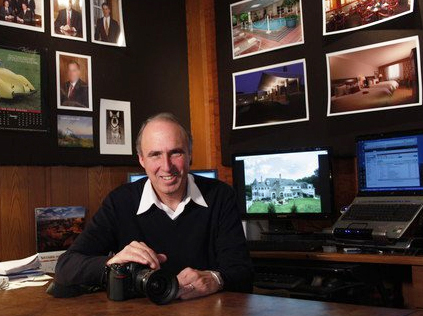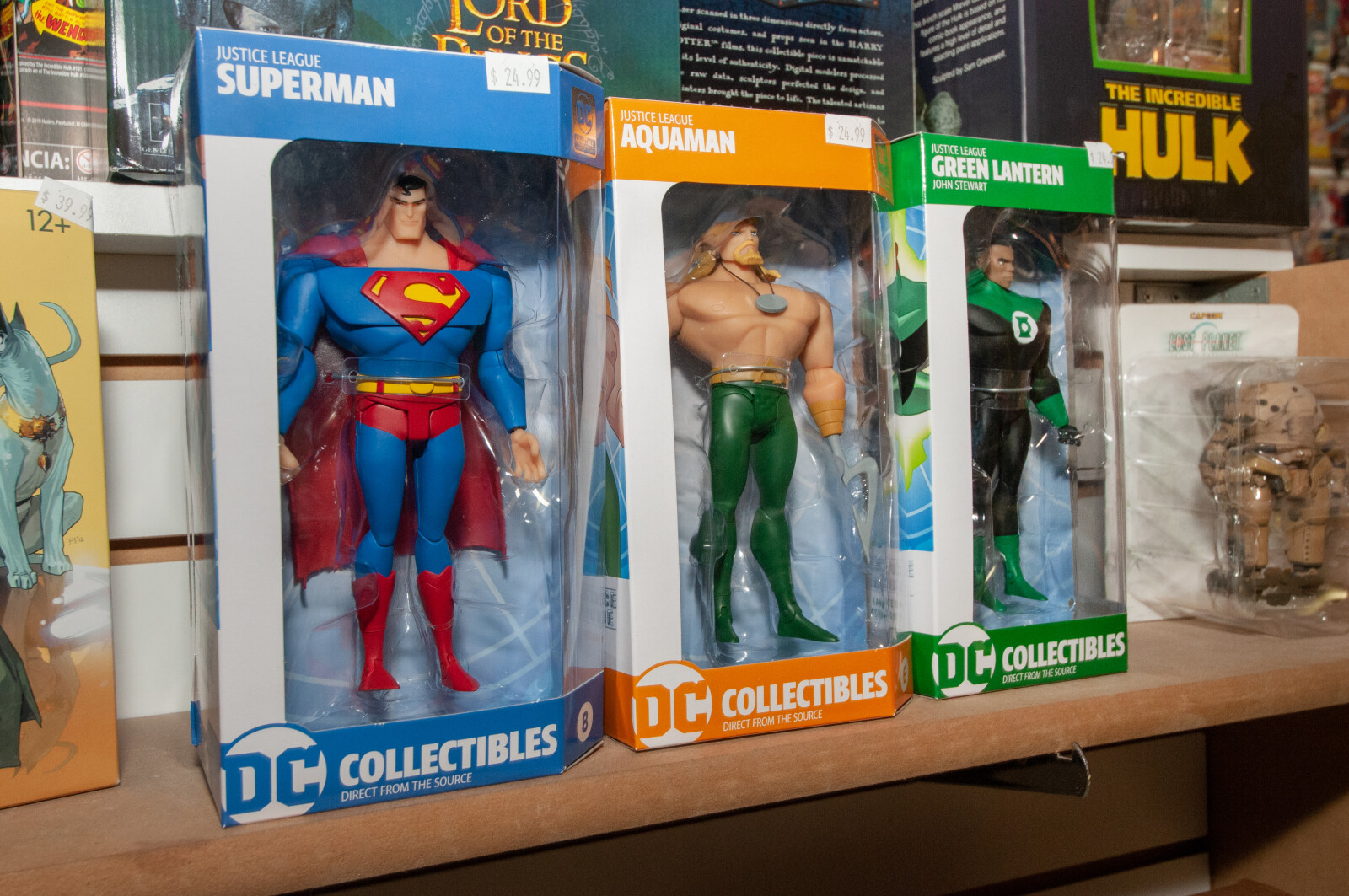
There are times when photo assignments don’t go as planned. A Google virtual tour assignment in early January, from my photo agency, Instant 360 ; https://instant360.com/ appeared to be routine, but it didn’t quite turn out that way.
I was asked if I would be willing to drive to Nyack, New York, which is about 100 miles away, to photograph a comic book store called Funny Business funnybussinessonline.com. It sounded like a fun job and I readily agreed. I set it up for the next Friday. It was a two-hour drive which included passing over the new Governor Mario Cuomo Bridge, which was formerly known as the Tappan Zee bridge. The new bridge is very impressive. https://bit.ly/3699eDd..
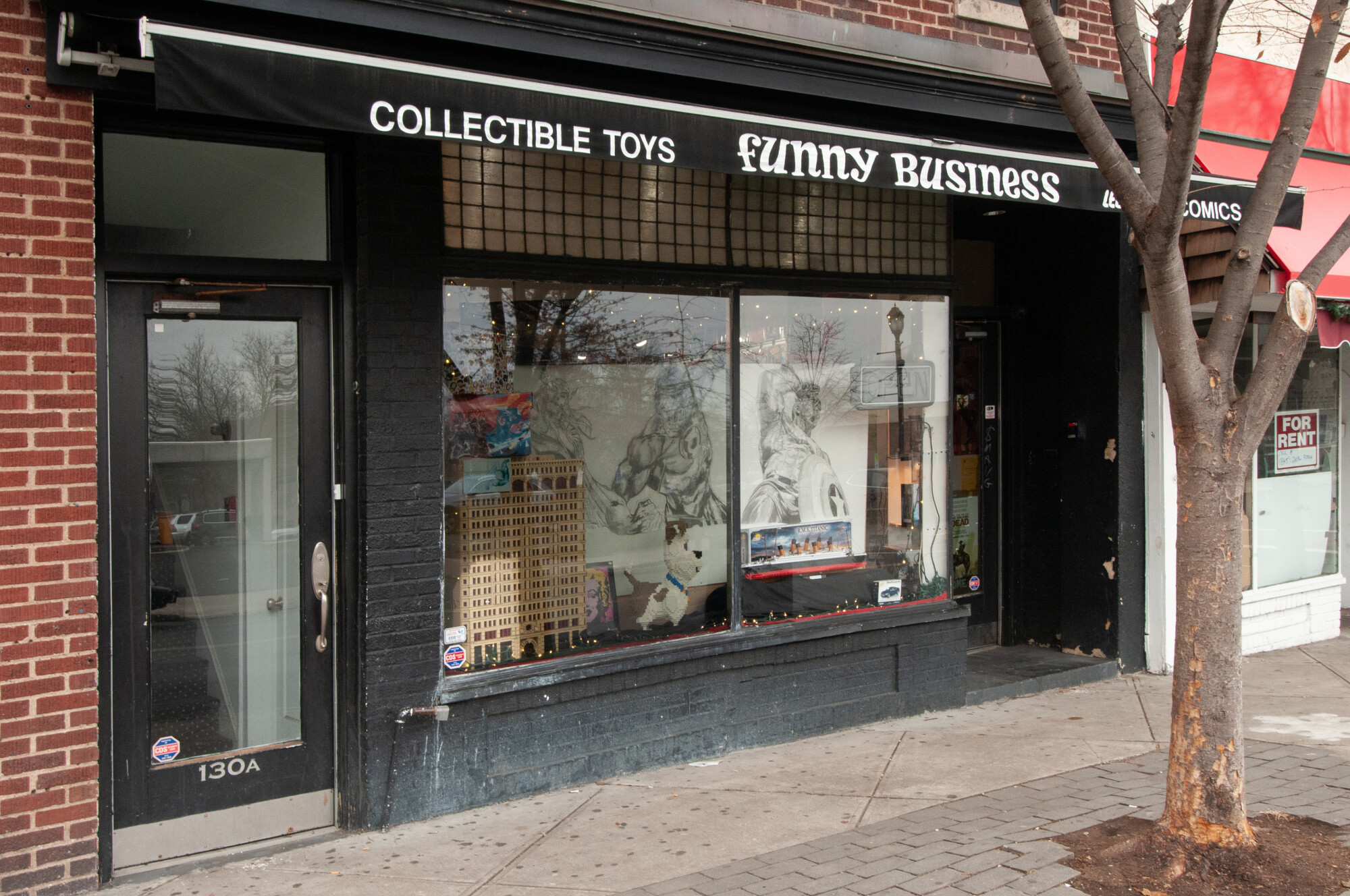
I arrived at 10 AM and found that the store was not open. There was a paper sign in the window that said the store had closed early. I began making phone calls and sending emails. I eventually found out that the owner had to leave, due to an emergency. My only choice at that point, was to reschedule and enjoy the two-hour drive home, without accomplishing anything. This happens from time to time and I need to be flexible to succeed as a commercial photographer. The following Friday I made the trip again and this time the store was open. I met Chris, who is one of the owners. Chris began collecting comic books at age five. It was his dream to have his own comic book store. I went to work taking a variety of exterior and interior still shots. The bright colors throughout the store were compelling. There even are large posters of comic books on the ceiling. The store also has a variety of Lego kits and collectable toys. Chris also sells on-line and does a weekly virtual auction on Instagram.
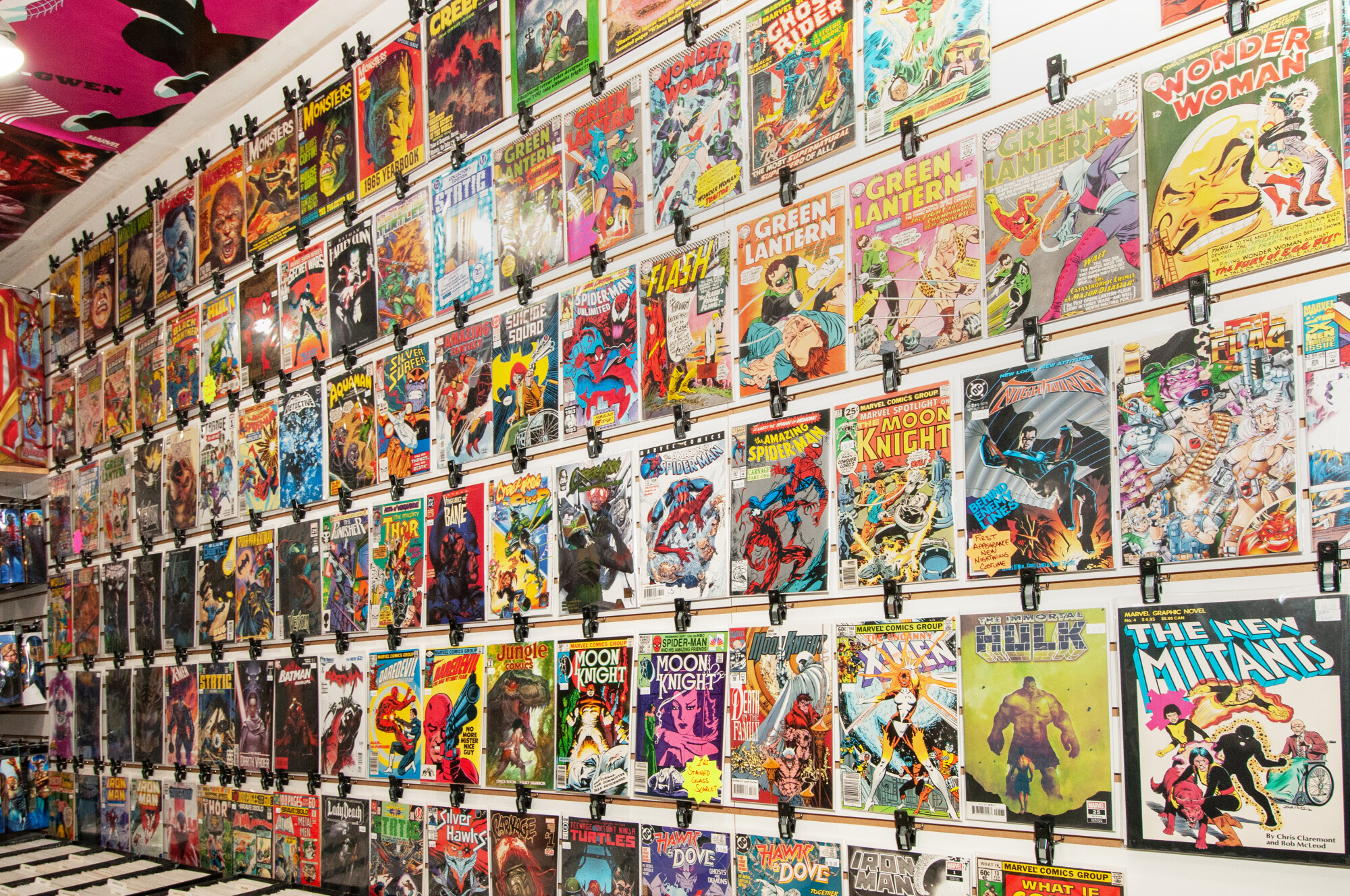

I went to work creating the virtual tour, which can be viewed here: https://goo.gl/maps/MKsjcHMCae9AzUDe8
While I was taking the 360-degree images, the UPS driver burst through the door with several large packages. I stopped and waited. Unfortunately, I had lost my rhythm and made a mistake that I didn’t discover until I went to stitch the panorama images on my computer. I was missing one angle and there was only one way to fix it; go back and take it.
In hindsight, I should have retaken the entire panorama after the interruption. I should have known better. I called Chris right away and arranged to visit again the next morning, to get the missing photo. He offered to open the store an hour early, which I appreciated.
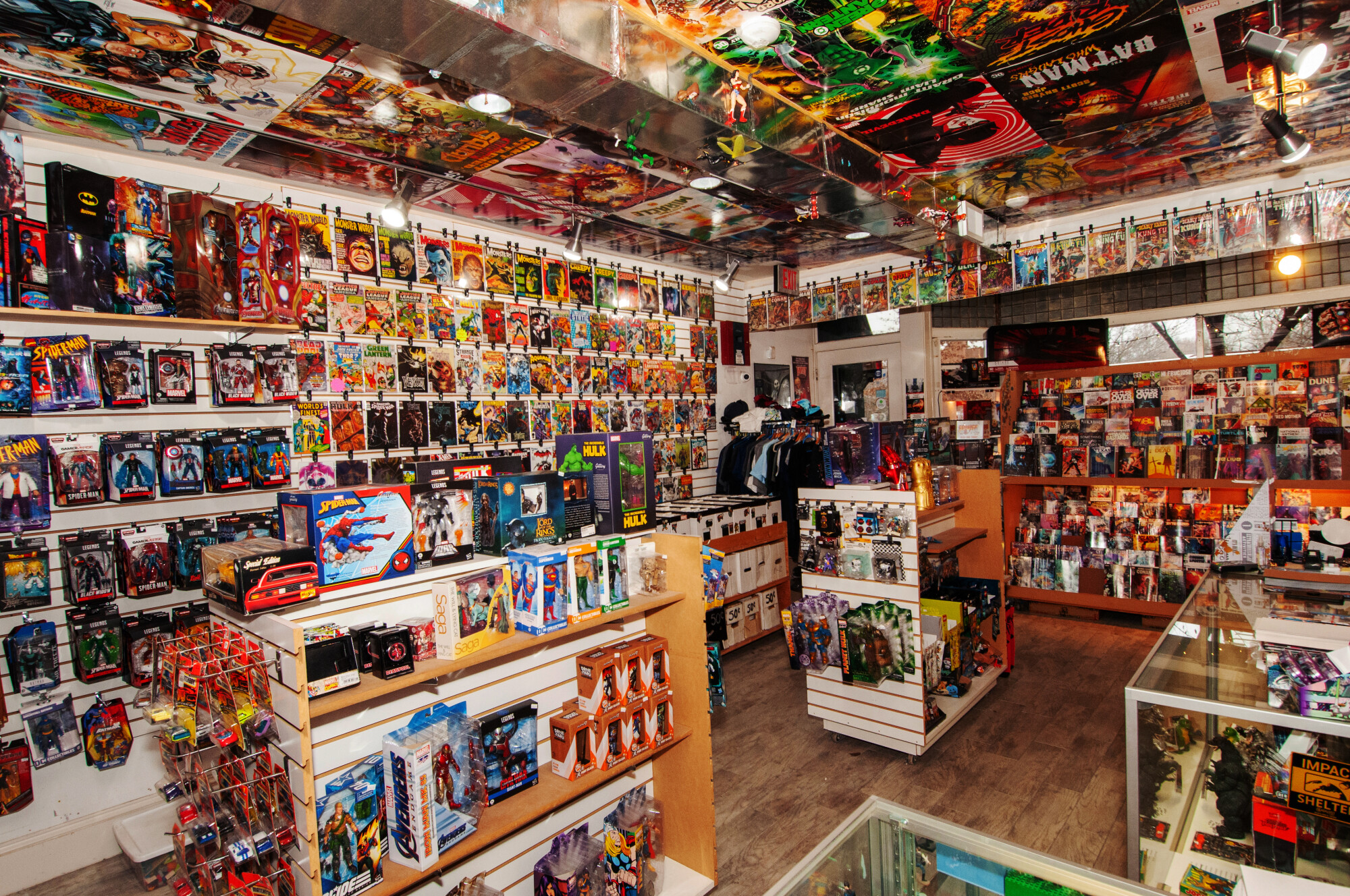

After my third visit to Nyack, I got it right. By that afternoon the images were edited and sent to the agency. One thing I learned in business is to own my mistakes and to fix them as soon as possible. As you may recall from one of my earlier posts, I go to great lengths to avoid messing up. My mistakes do help to keep me humble. At least, I got to enjoy driving over the cool new bridge two more times!
Tim Becker
Creative Images Photography
901 Main St.
Manchester, CT 06040
860-528-7818
tim@2cimages.com

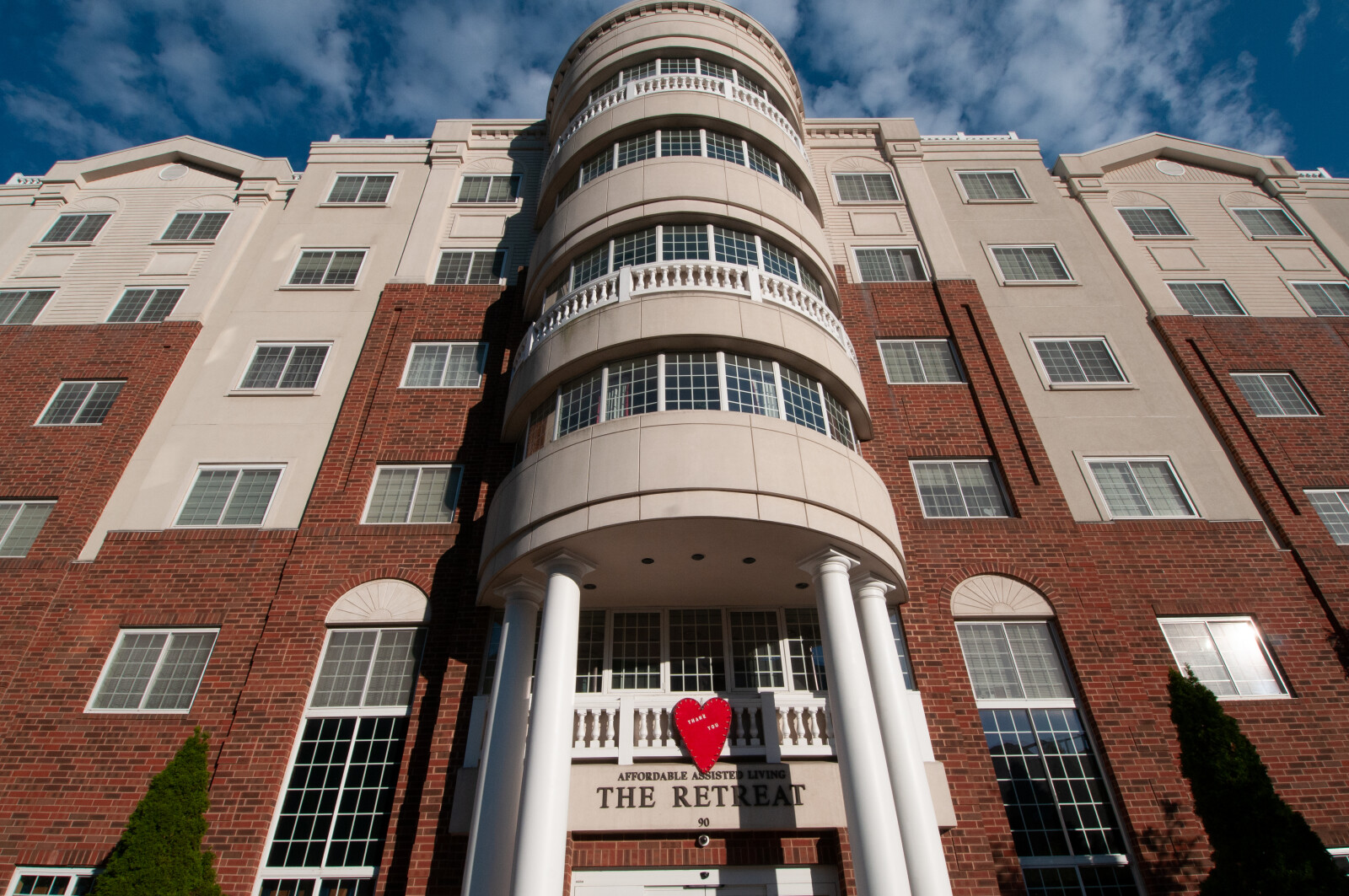
For anyone receiving my photography blog for the first time, I share my interesting photo assignments and my thoughts about photography; every month or so. If you don't wish to receive these emails, please feel free to unsubscribe.
In the spring of 2019, I was asked to provide a quote for producing a Google virtual tour and still images of a hidden gem in downtown Hartford called “The Retreat” http://www.crtct.org/en/need-help/senior-services/the-retreat .
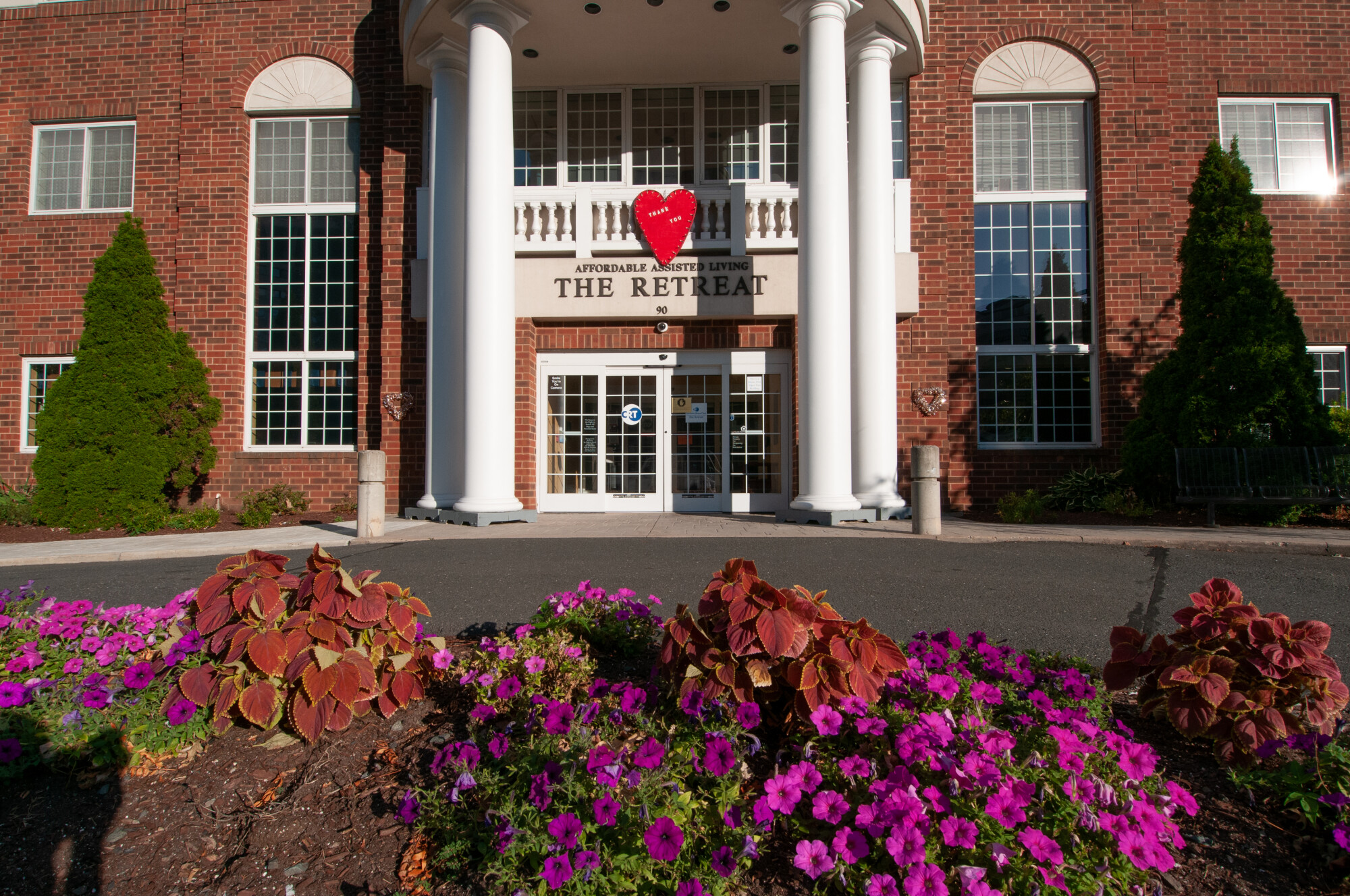
The Retreat is the first urban-built affordable assisted living community in Connecticut. The facility has 100 apartments in a beautiful building at 90 Retreat Avenue. The facility is is owned and operated by the Community Renewal Team. According to their website, CRT http://www.crtct.org/en/ was started in 1962 and has become the largest non-profit human service agency in Connecticut. In 2018 CRT’s programs and services helped more than 67,000 individuals and 28,000 families.
Unfortunately, funding was not available in 2019. One thing I have learned as a commercial photographer is to follow up with clients who request a quote. I keep checking back and was pleased to be contacted by the communications director of CRT in the summer of 2020, when funding became available to go ahead with the photography.
You can take the virtual tour here: https://goo.gl/maps/V2ssftV6V4HtRYxM6
I was also asked to create a short video, which I did utilizing the still images. You can view the video here: https://www.dropbox.com/s/o1yvcjmq7bh637q/The_Retreat_Version2.mp4?dl=0
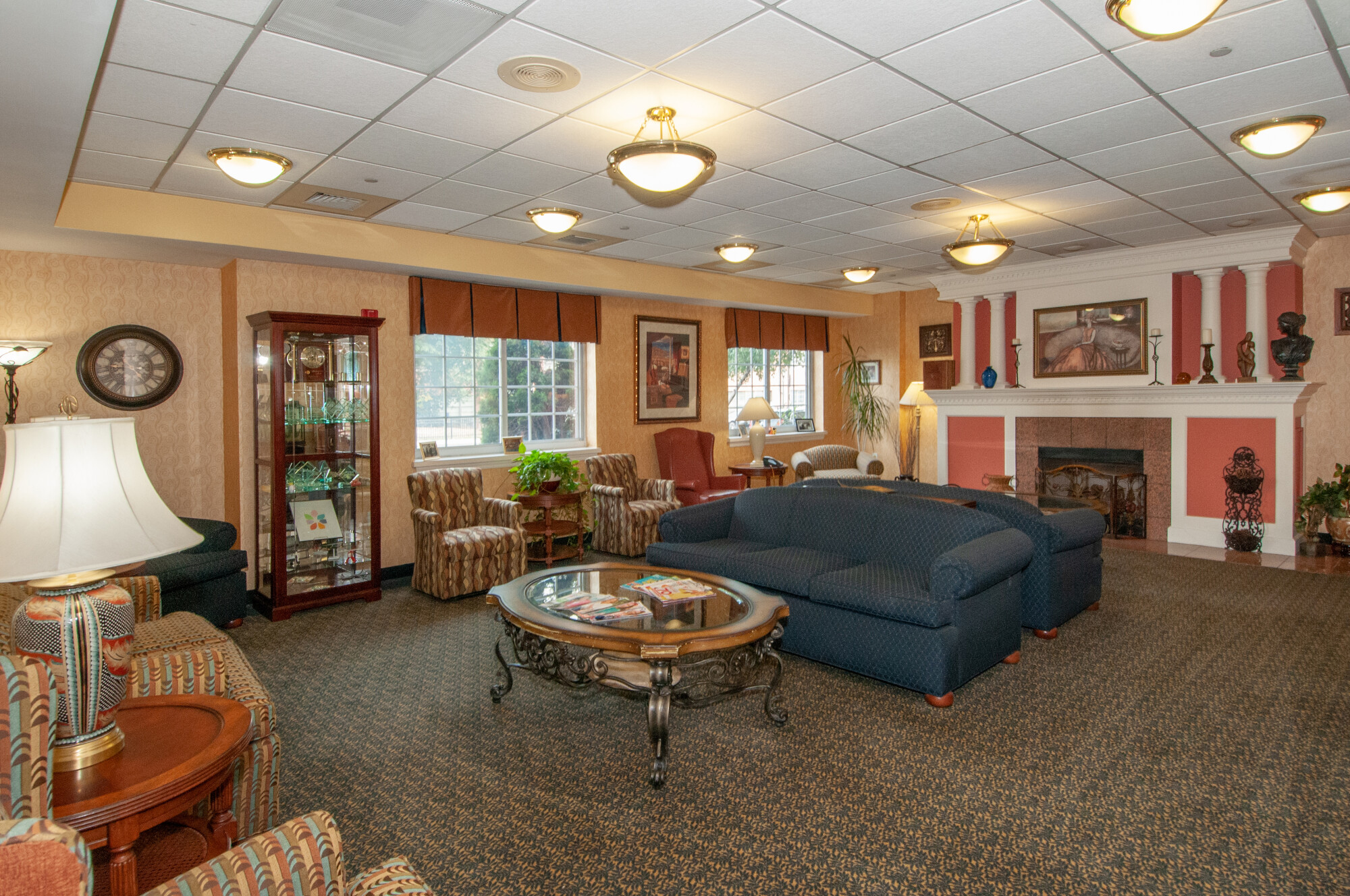
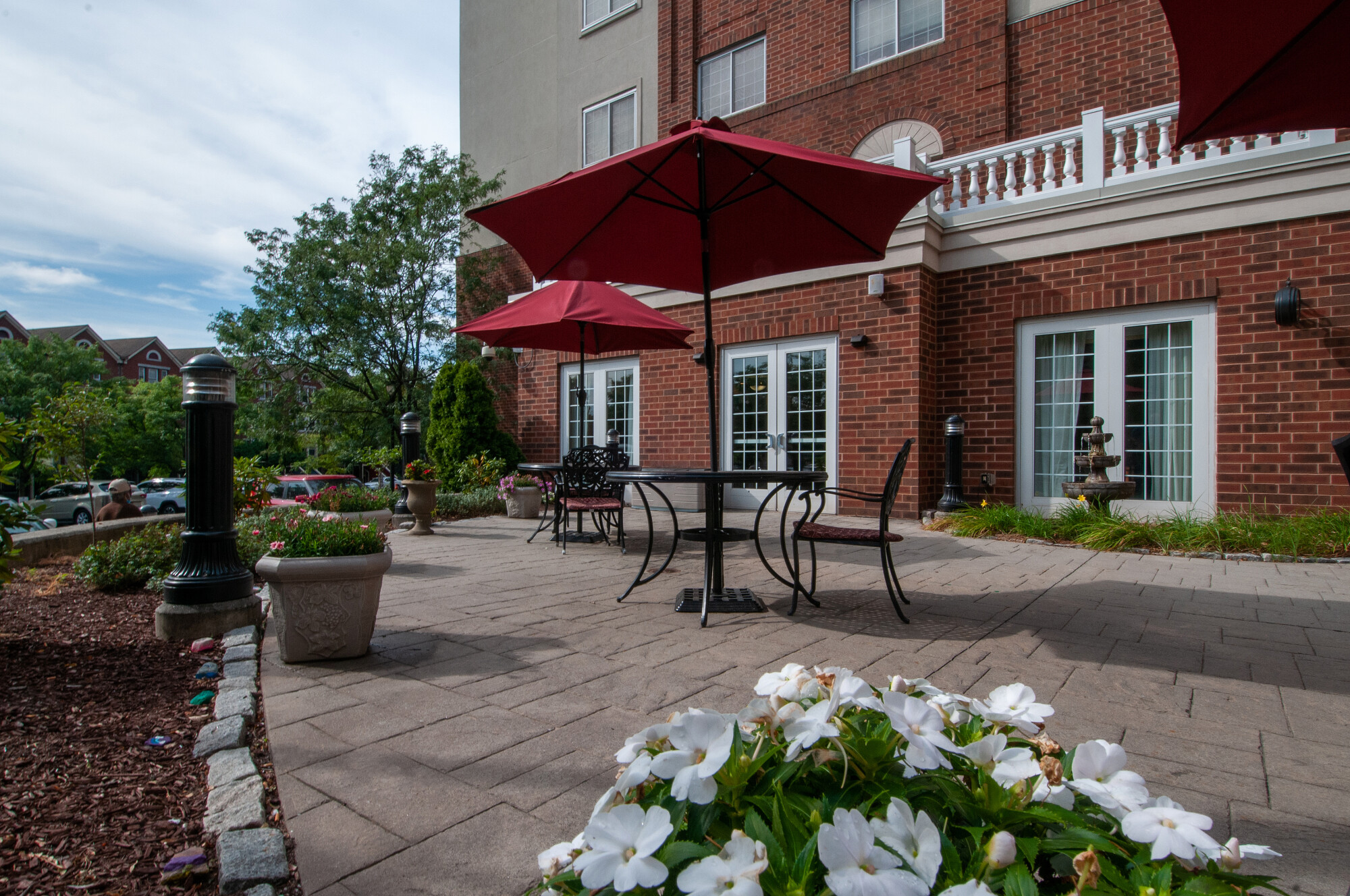
The apartments and the patio feature views of Hartford. There is a spacious "Civic Center" lounge, a craft and game room, a large dinning room and a smaller private dinning area for family meals. There is a large chapel that features artwork of all the major religions. The residents also have medical professionals and an exam room available on the premises.
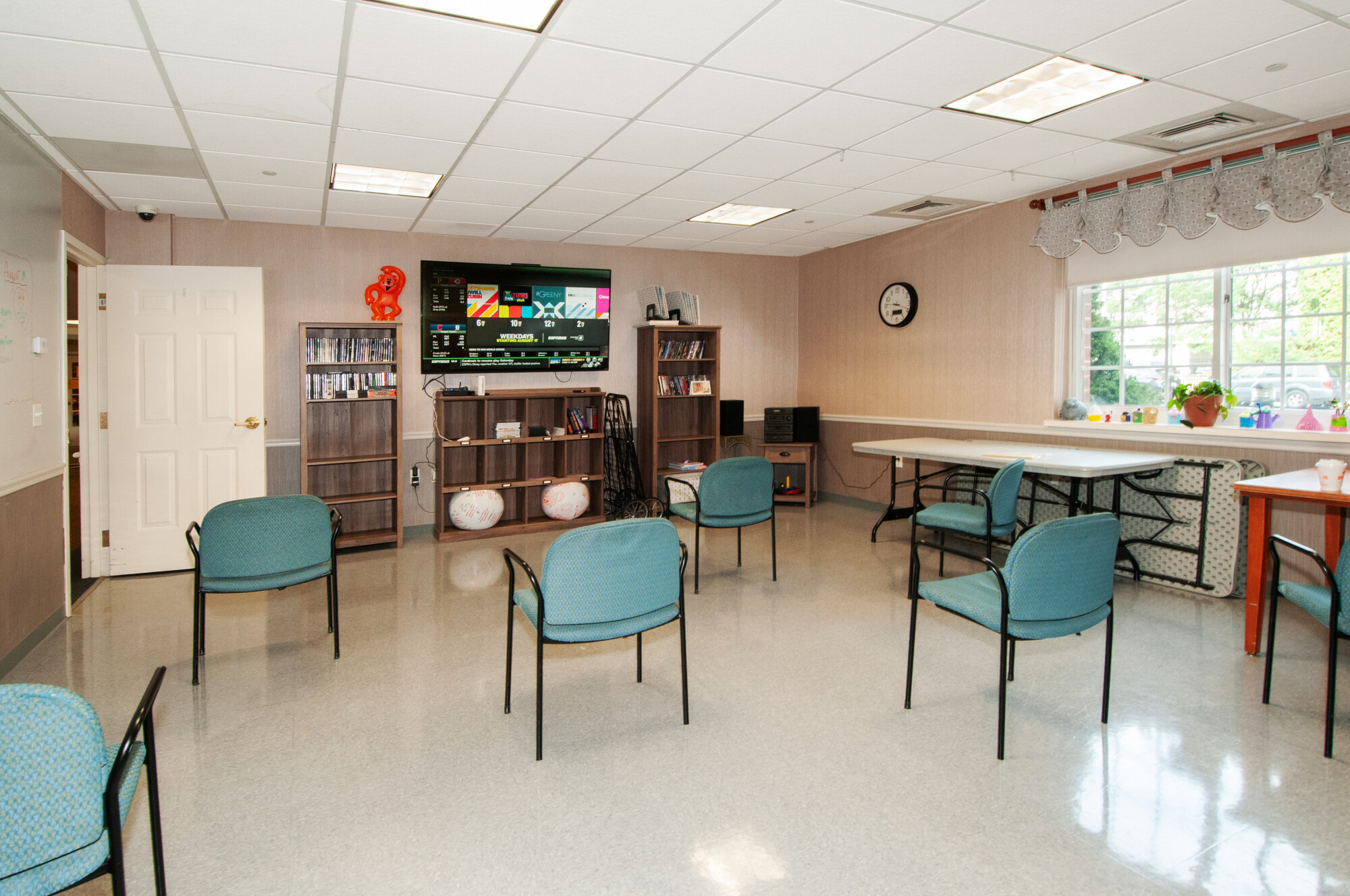
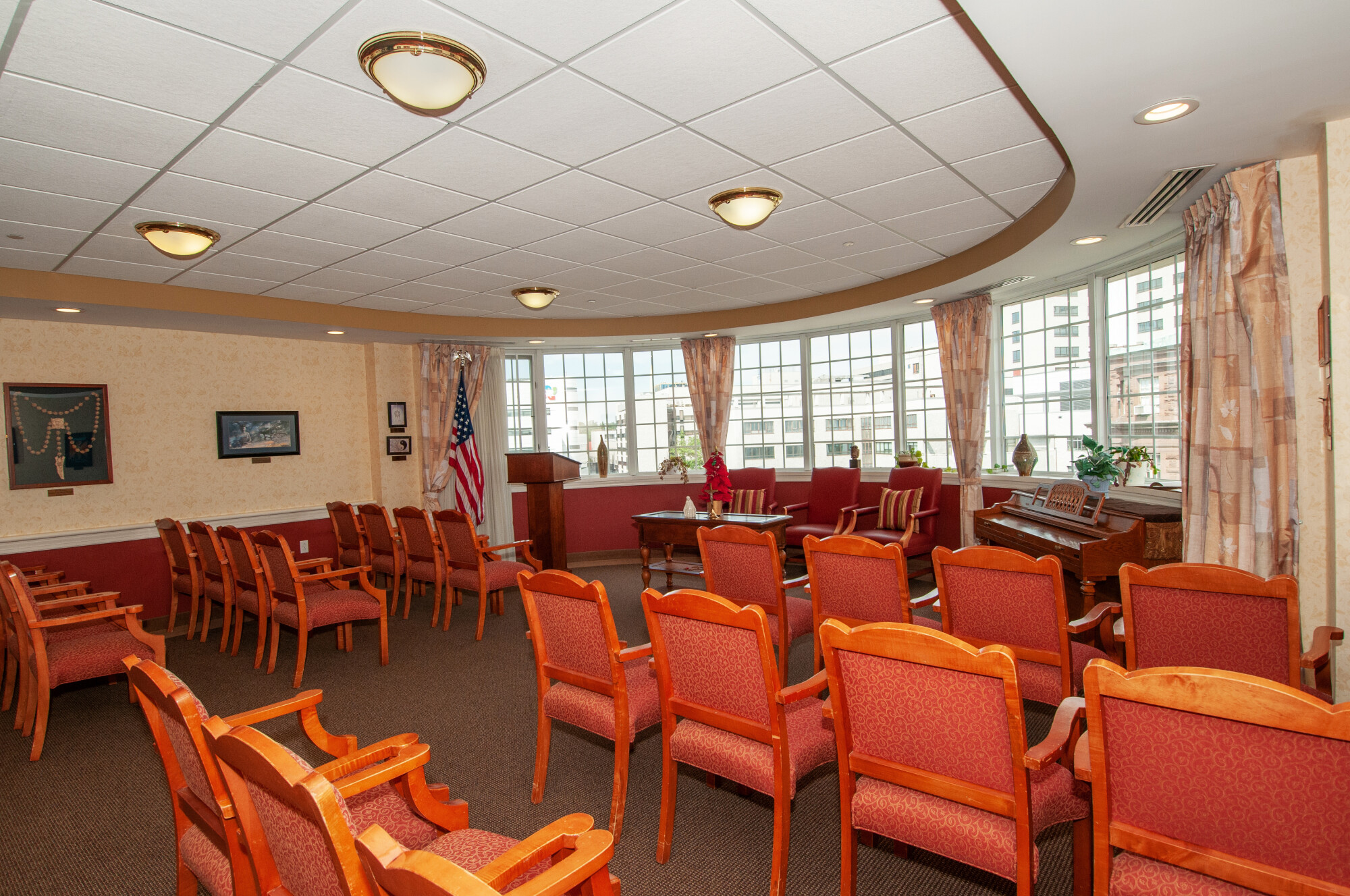
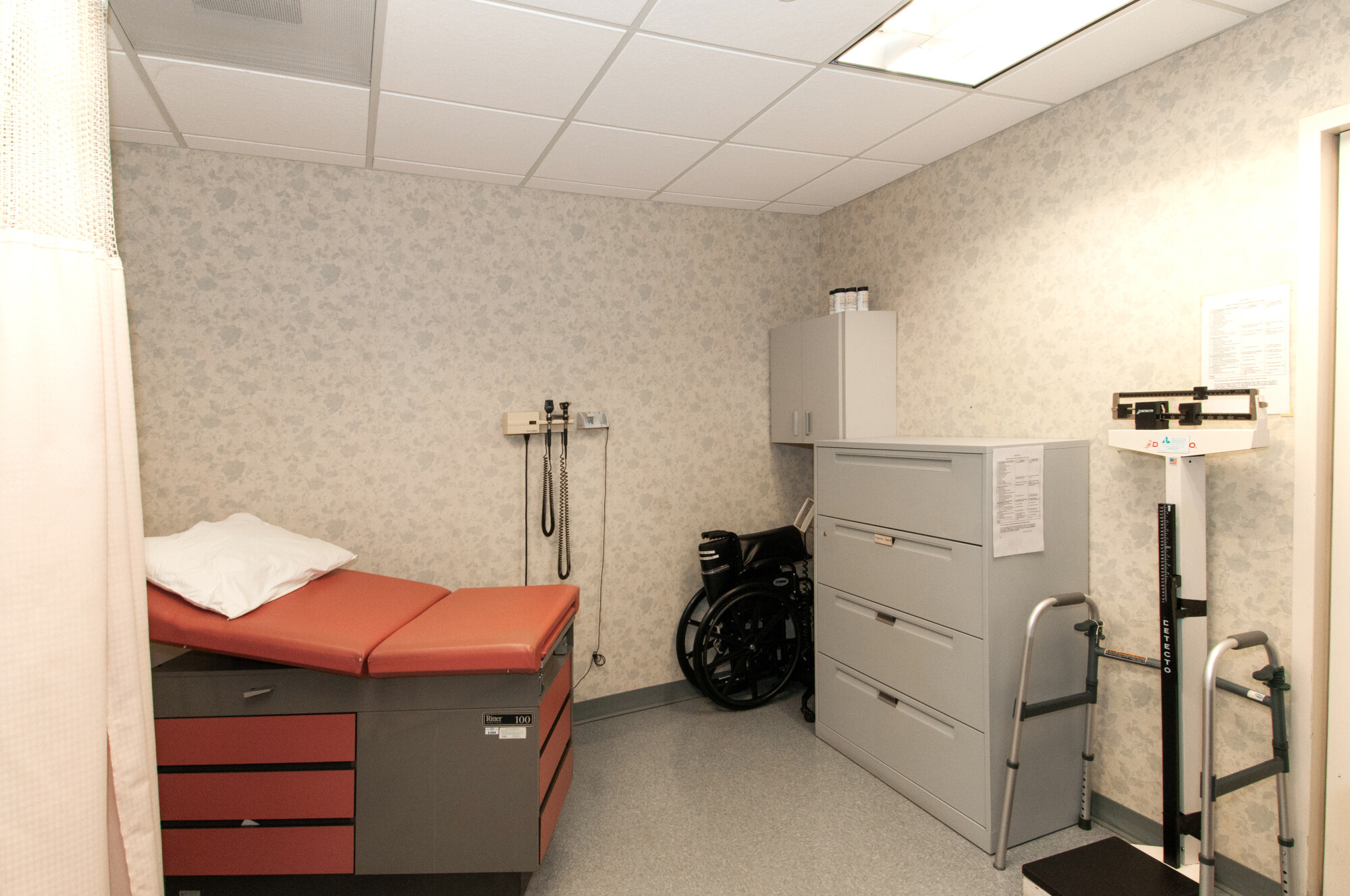
They also have a beauty salon.
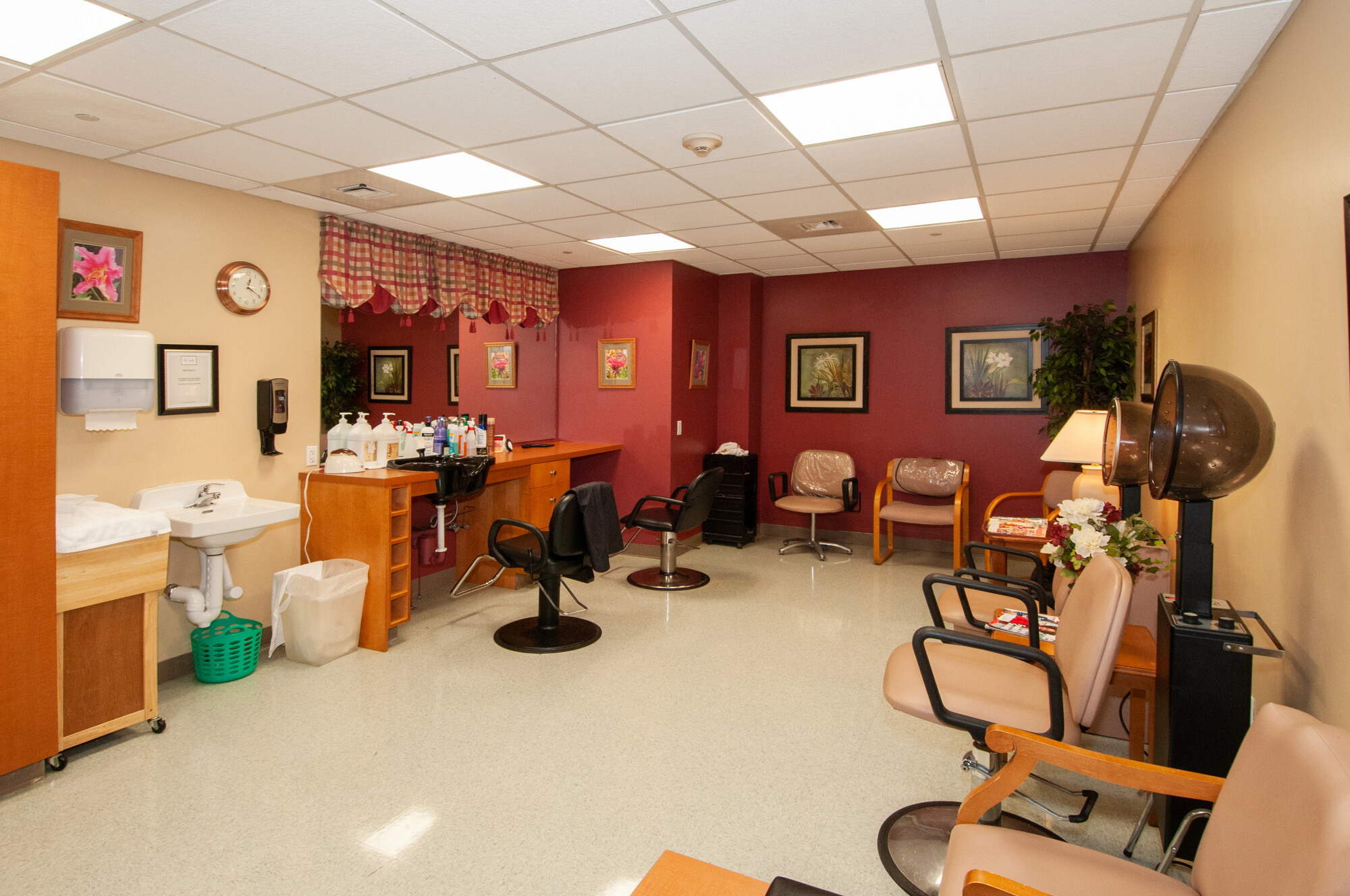
I was really impressed by the staff at this facility and by the fact that the rental fees are scaled to the income of the residents. The Retreat is truly a gem, and I was pleased to be chosen to photograph it.
Tim Becker
Creative Images Photography
901 Main St.
Manchester, CT 06040
860-528-7818
tim@2cimages.com
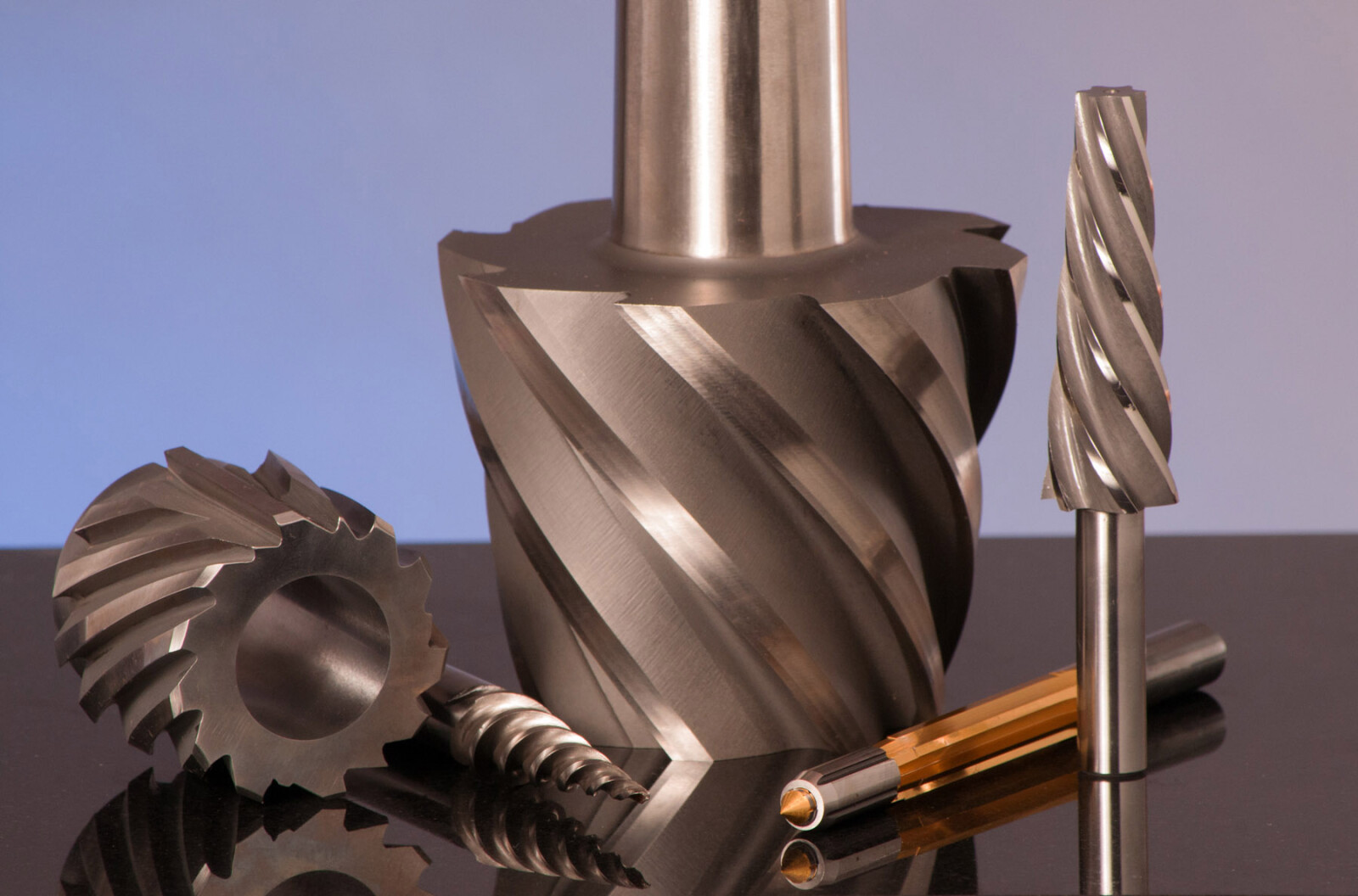
I want to start out by wishing everyone a wonderful and joyous holiday season. I am confident that 2021 will be a great year as the new vaccine takes hold and our economy gets back into high gear.
After graduating from Rochester Institute of Technology with a degree in photography, I got my first full-time job working on catalog photos that included Spalding golf clubs and Stanley measuring tapes. I learned how to light chrome and polished metal products and they became one of my favorite things to photograph.
When I started my commercial photography studio, one of the specialties I offered was photographing metal parts. One of my first assignments was making a black and white photograph, with my 4X5 view camera, of a single Pop Rivet. I see my job as making the photographs as interesting as possible utilizing lighting, camera angle, and background color. I consider photographing a metal part like photographing a fine art sculpture.
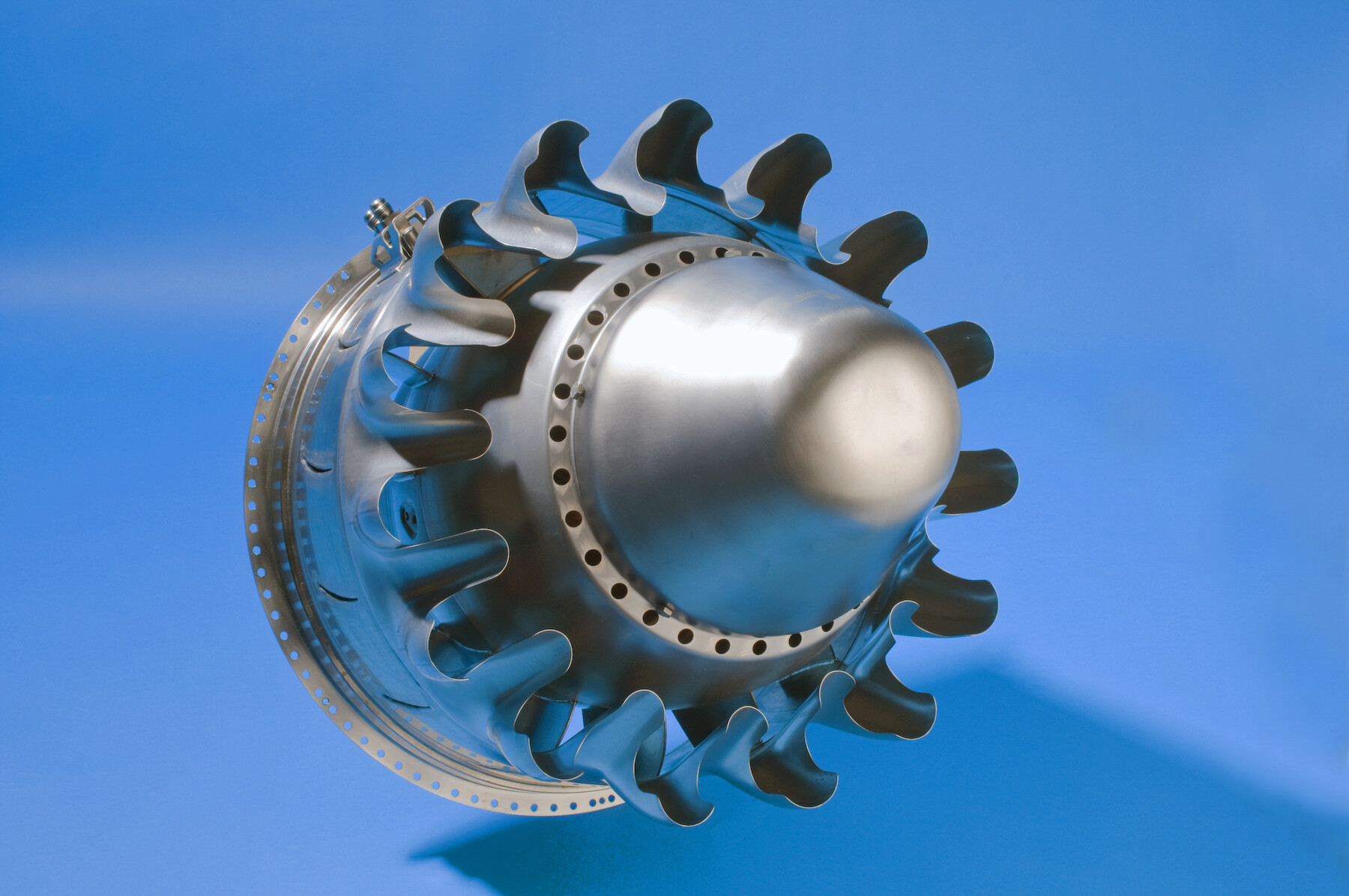
I have found that shades of blue make the “cold steel” stand out. I often use a blue background or a blue gel on a neutral gray background. From time to time, I also have used a large slab of slate or a mirrored finish black plexiglass to add interest.
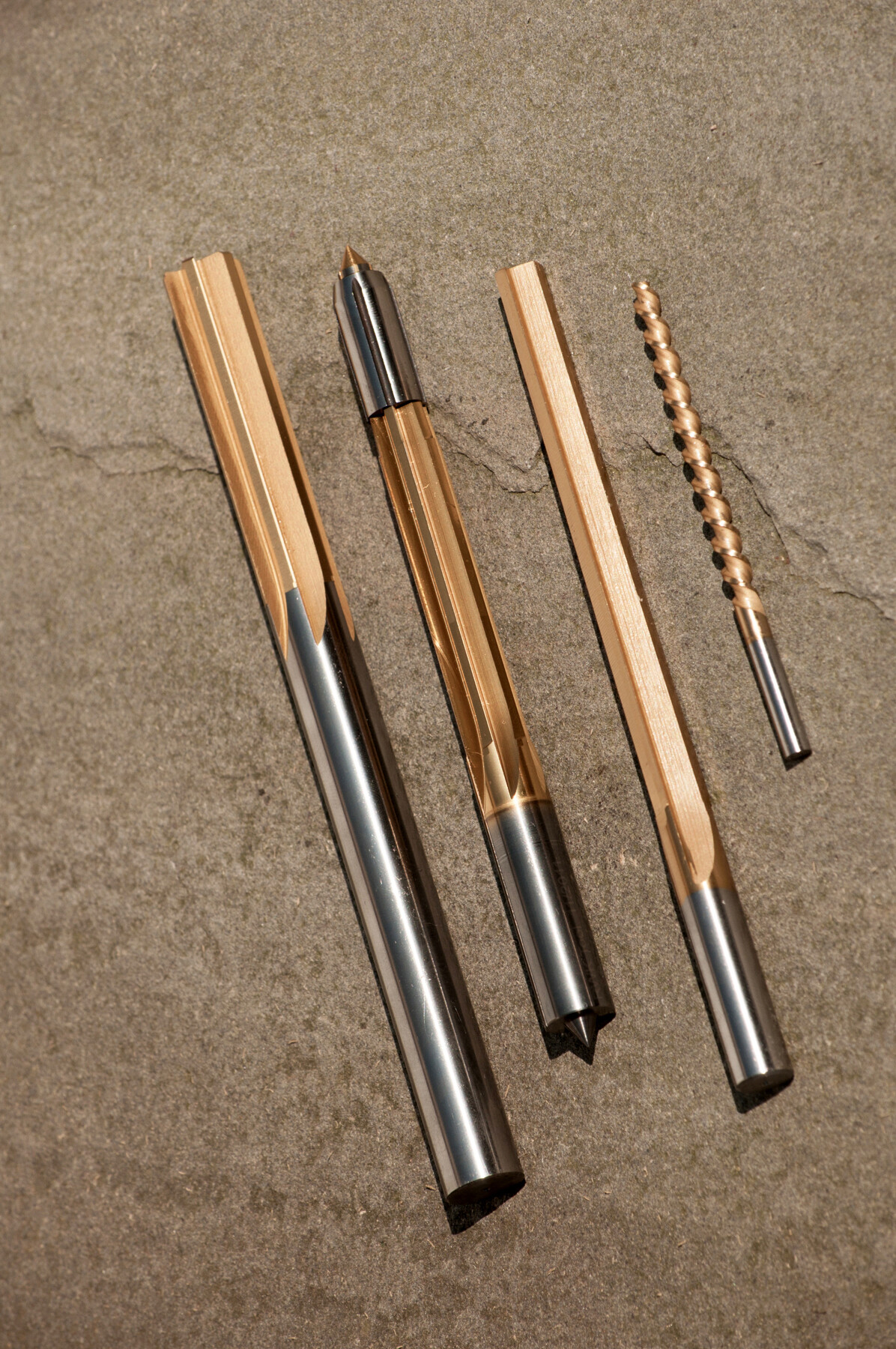
I had the challenge and opportunity of making pipe hangers exciting and interesting for Empire Industries in Manchester, CT: https://www.empireindustries.com/products/
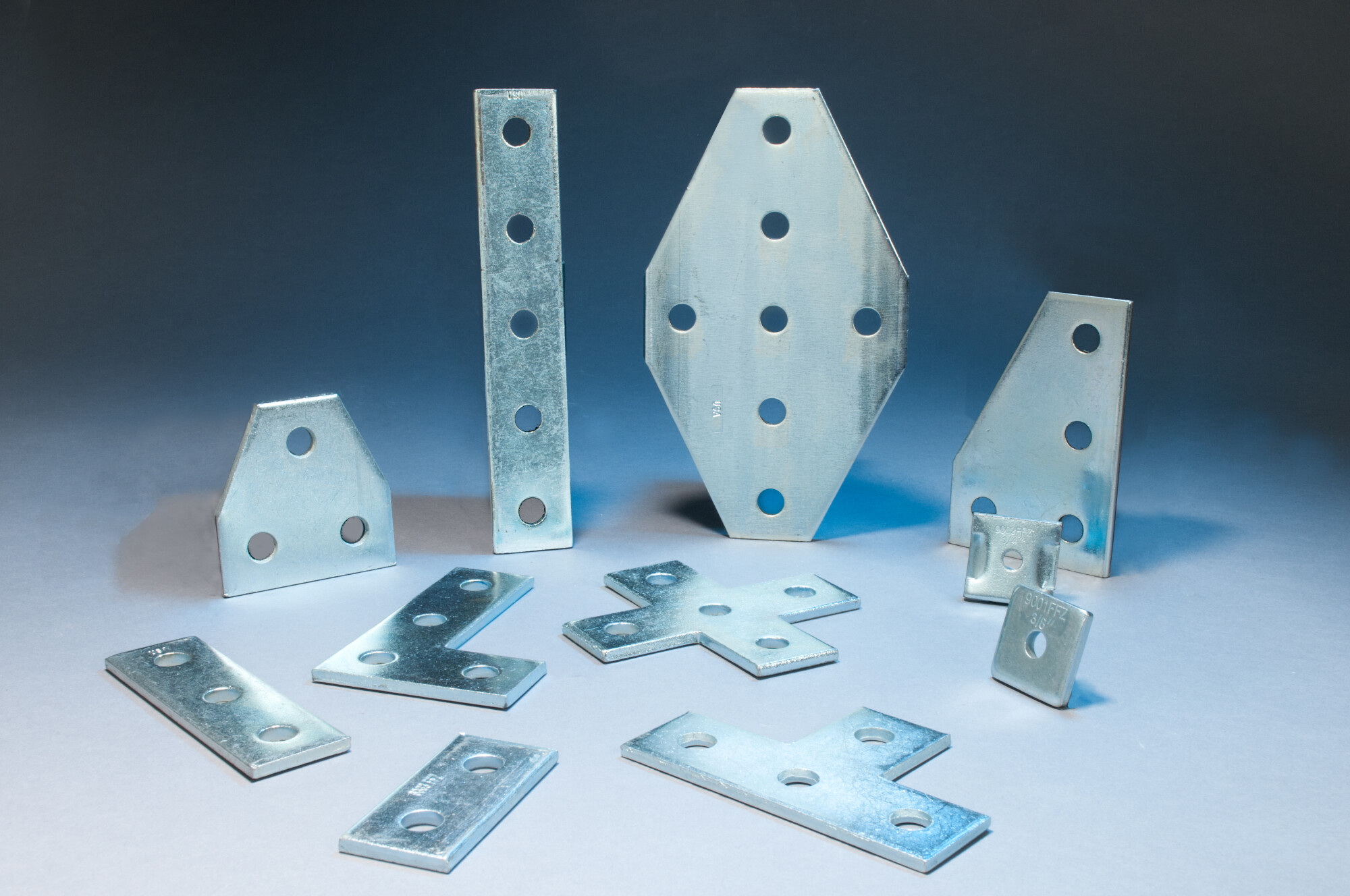
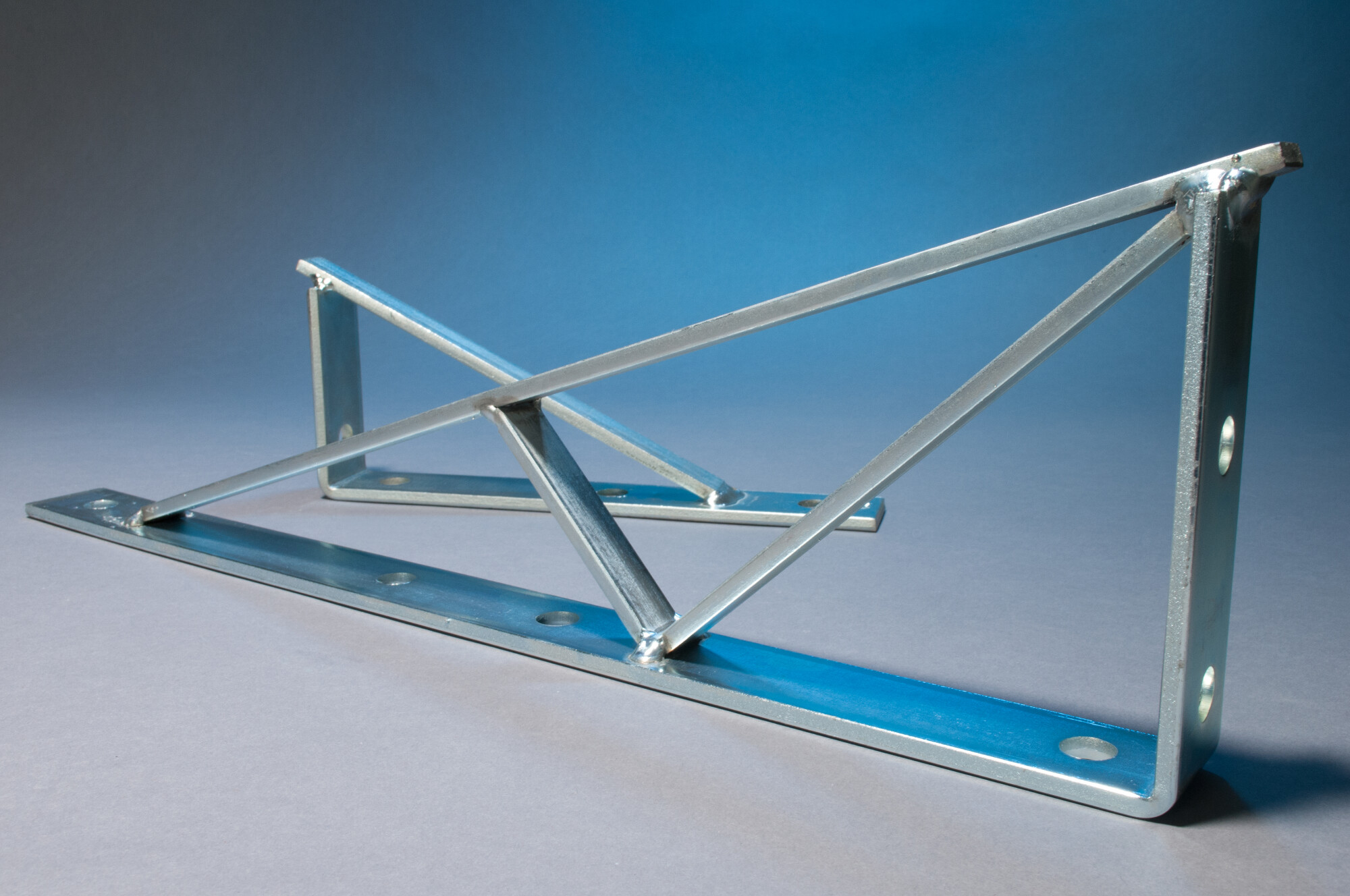
When I am in a factory and I see an interesting pattern of metal parts, I just snap away. Wherever metal parts are being cut, assembled, waiting for inspection, or just raw material being moved, there are opportunities for great photographs.

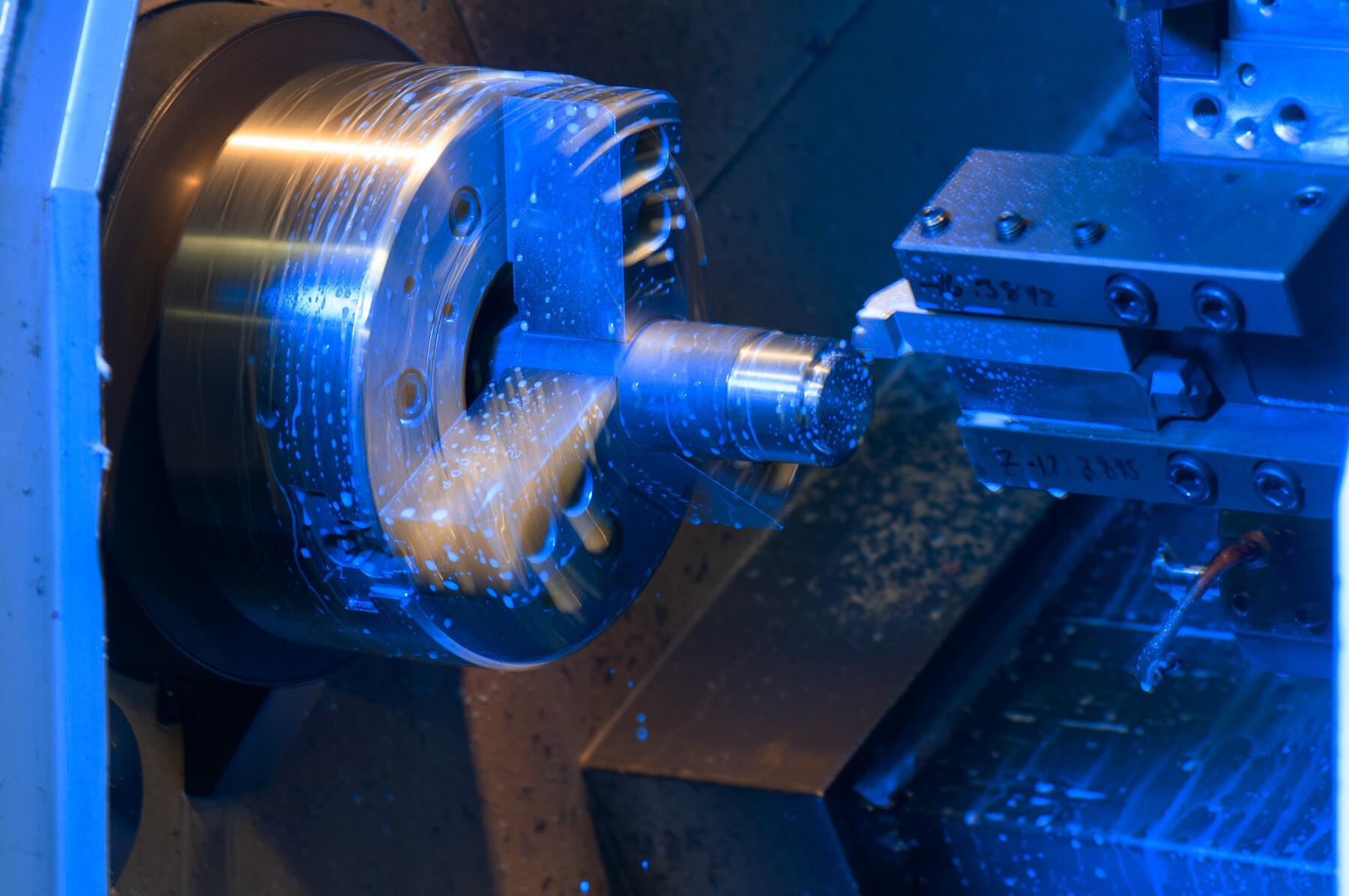
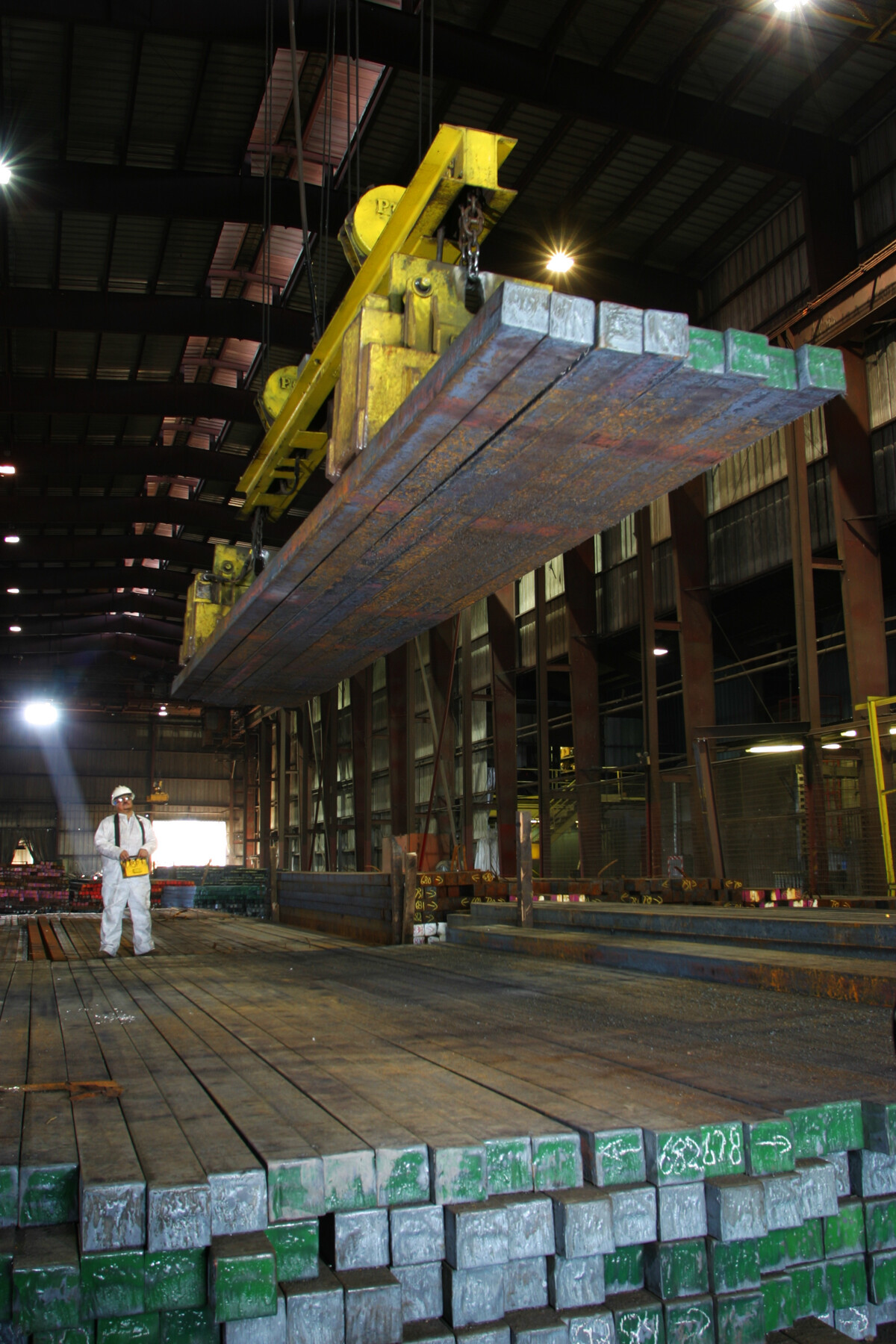
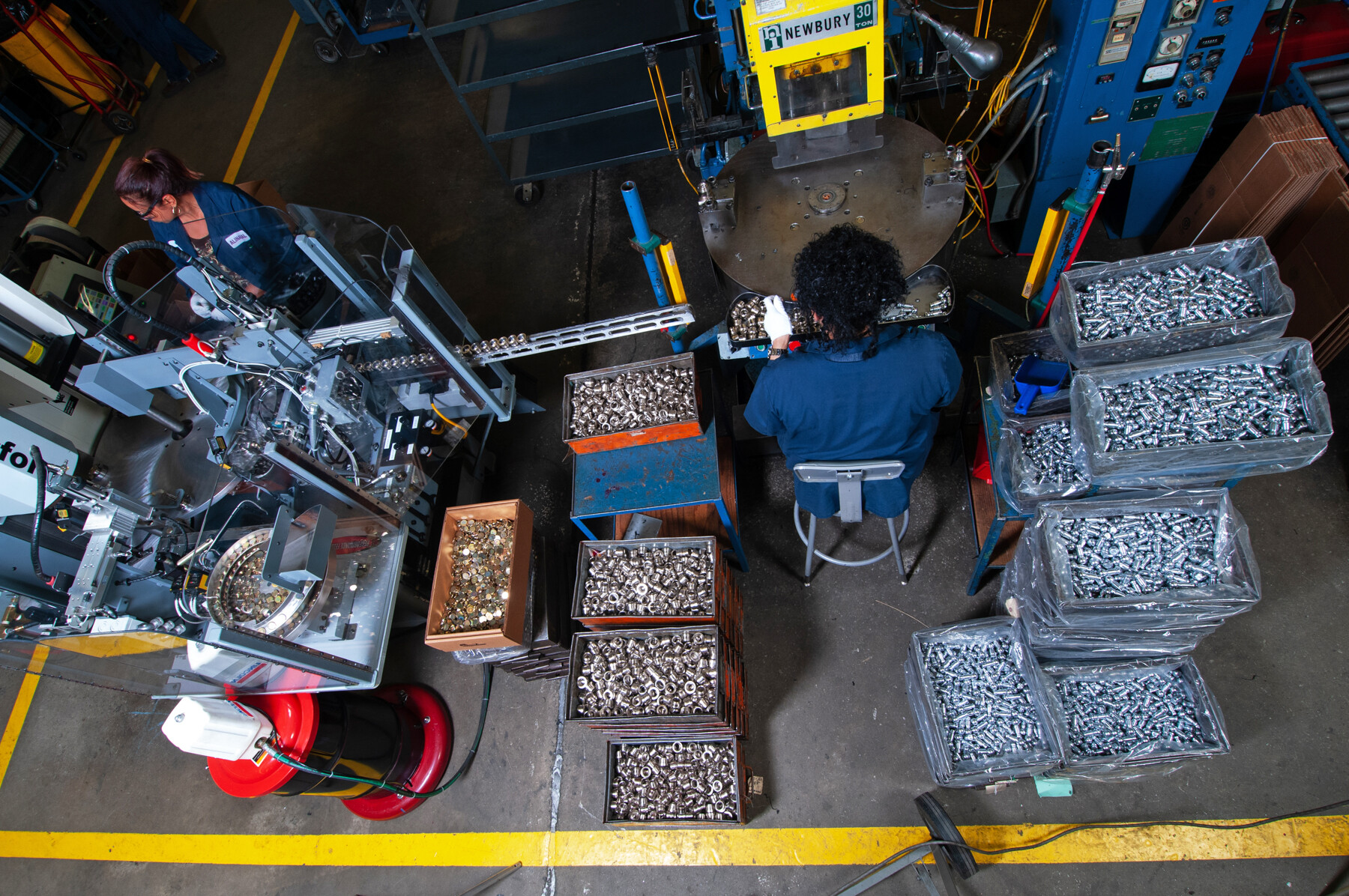
According to the National Associations of Manufacturers: "Manufacturers in Connecticut account for 11.23% of the total output in the state, employing 9.49% of the workforce. Total output from manufacturing was $30.78 billion in 2018. In addition, there were an average of 160,000 manufacturing employees in Connecticut in 2018, with an average annual compensation of $96,279.43."
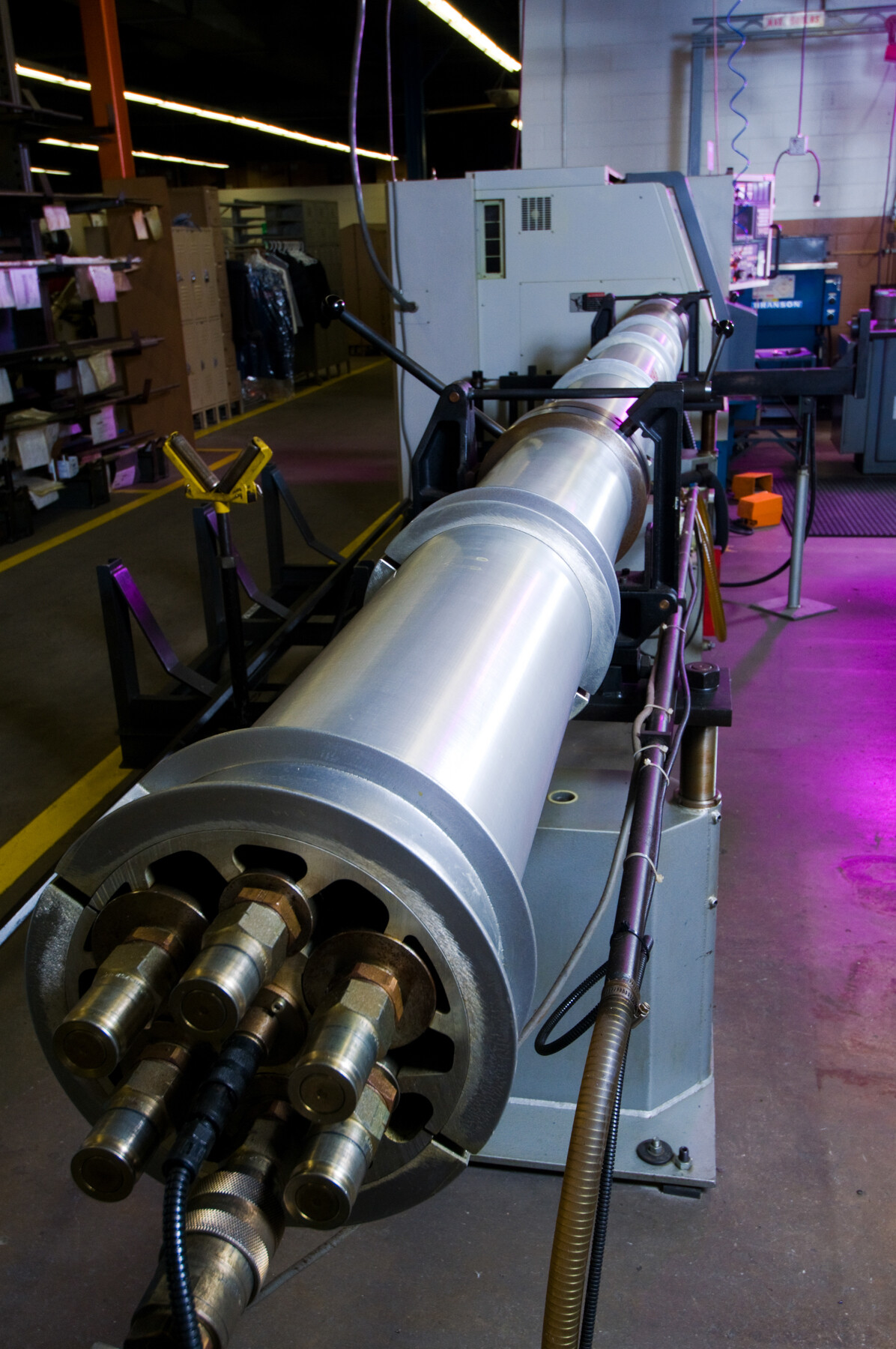
In November, I had the privledge of handling a week-long project that involved photographing hundreds of metal replacement parts for Gerber Technology in Tolland Connecticut: https://www.gerbertechnology.com/ They manufacture machinery for cutting fabric, leather and vinyl along with many other products worldwide.
I am proud to produce visual content for manufacturers; and I am looking forward to photographing many more metal parts in 2021!
Timothy Becker
Creative Images Photography
901 Main St.
Manchester, CT 06040
860-528-7818

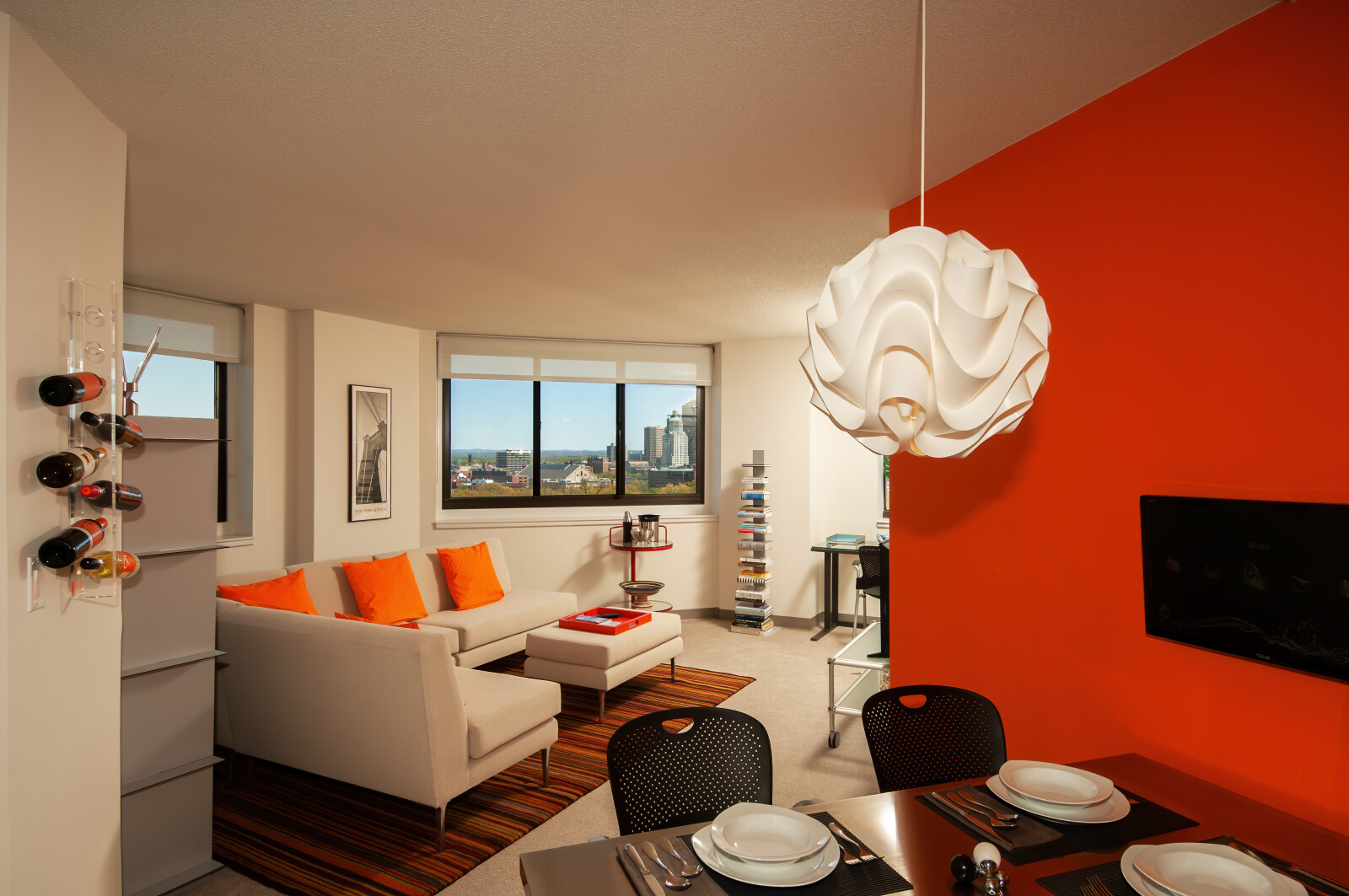
I started out as a still photographer taking black and white photos and occasionally shooting color slides and large format color transparencies. In 2011 I purchased a DSLR (digital single lens reflex) camera and my clients began to ask me to take video clips and still photographs during the same photo assignment. I needed to learn about recording sound and video editing. In 2012 I was asked by Google to produce 360 degree panoramas of businesses. It was a quite a learning curve.
I recently accepted a challenging photo assignment that required all three formats: creating a Google virtual tour, still photographs, and short videos of two model apartments at Park Place Towers in Hartford, CT. The kitchens had been recently remodeled with new cabinets, countertops and appliances. Due to the current pandemic it is more important than ever for people to view the interiors of residences and businesses, virtually before they visit in person. The Google virtual tours are here:
The views from the apartments are quite stunning, which presented a lighting problem and an opportunity. Many photographers take a short cut by utilizing HDR to photograph interiors. This technique known as “high dynamic range” is done by taking multiple exposures and then blending them into one image in software. The problem with this technique is the photos look overprocessed and unnatural. This technique does not make a home interior look warm and inviting. HDR photography does not add lighting where there is none.
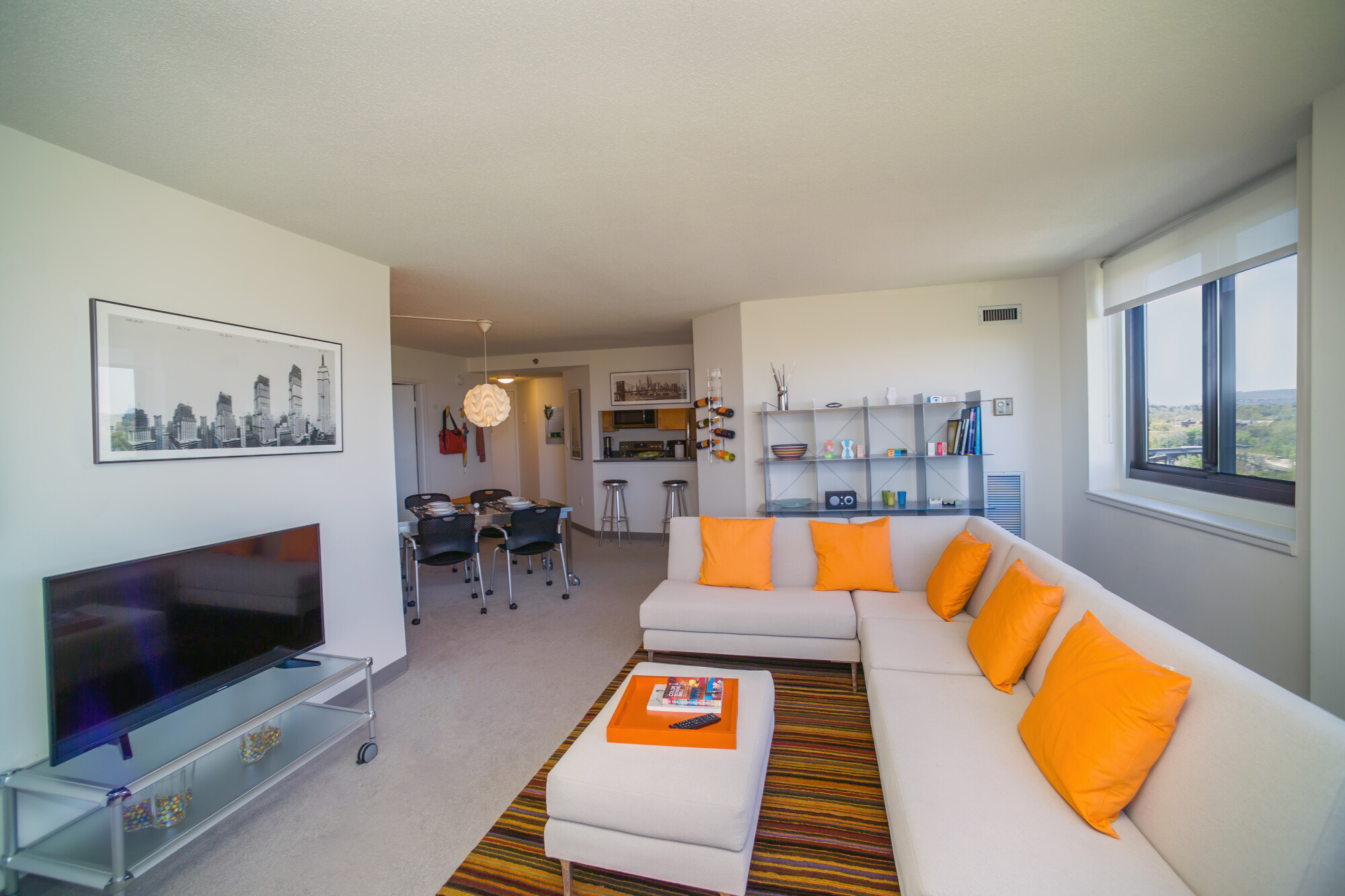
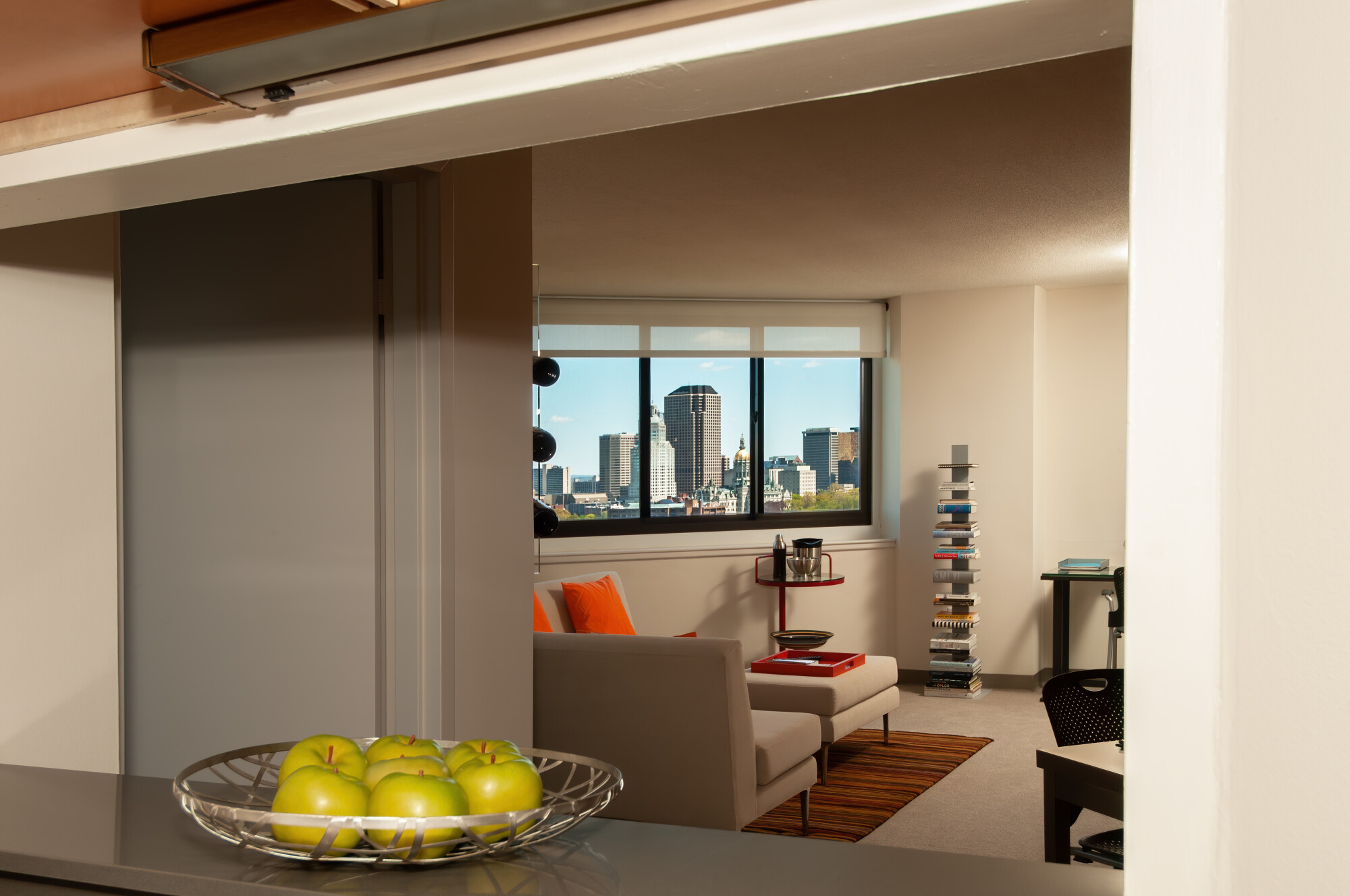
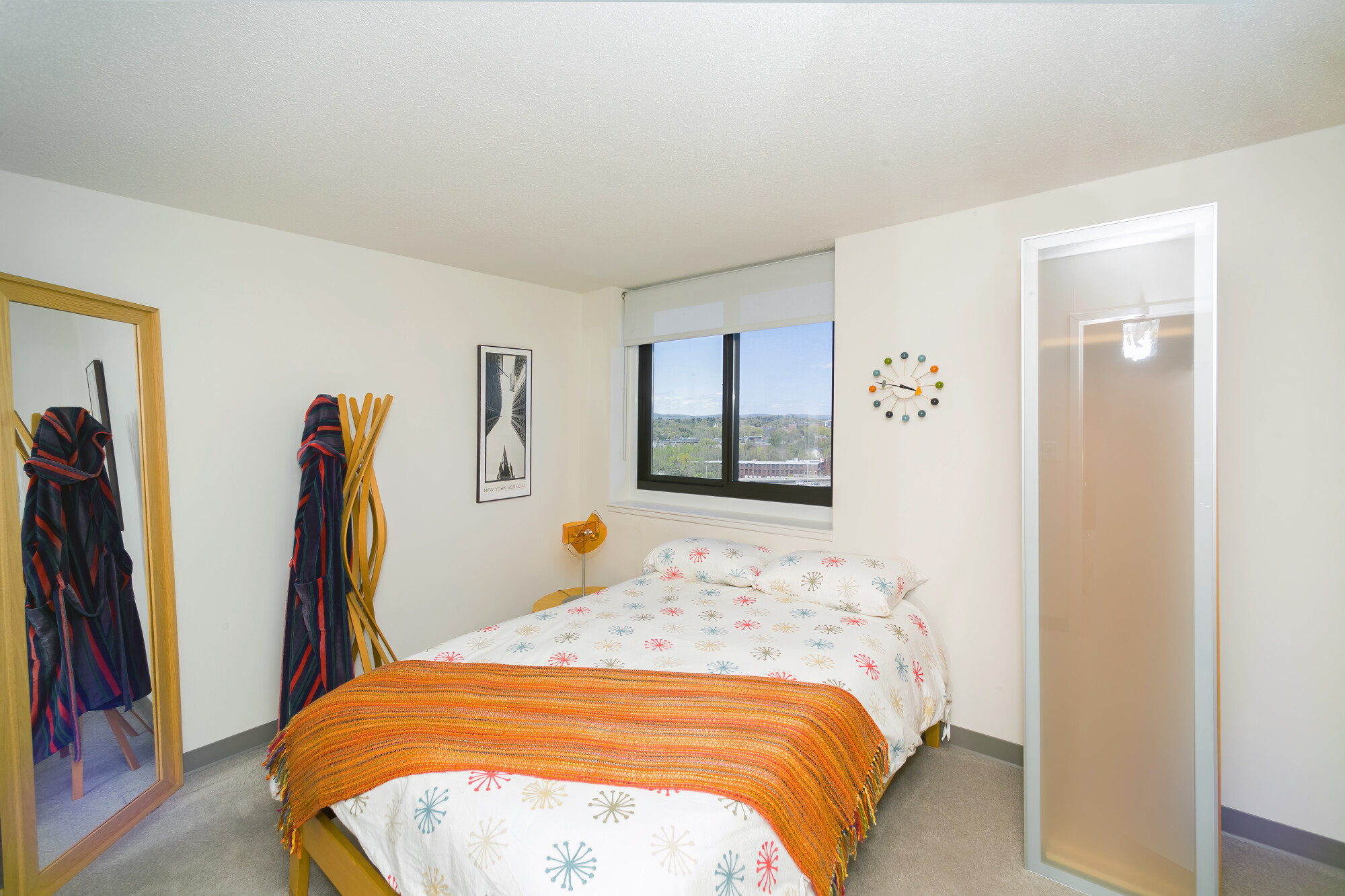
Photographing a one-bedroom and two-bedroom unit took me an entire day. Much of my time was spent fussing with the lighting for the still images. I have eight small flash units that I can hide in the interior scene, along with utilizing the existing natural and artificial lighting.
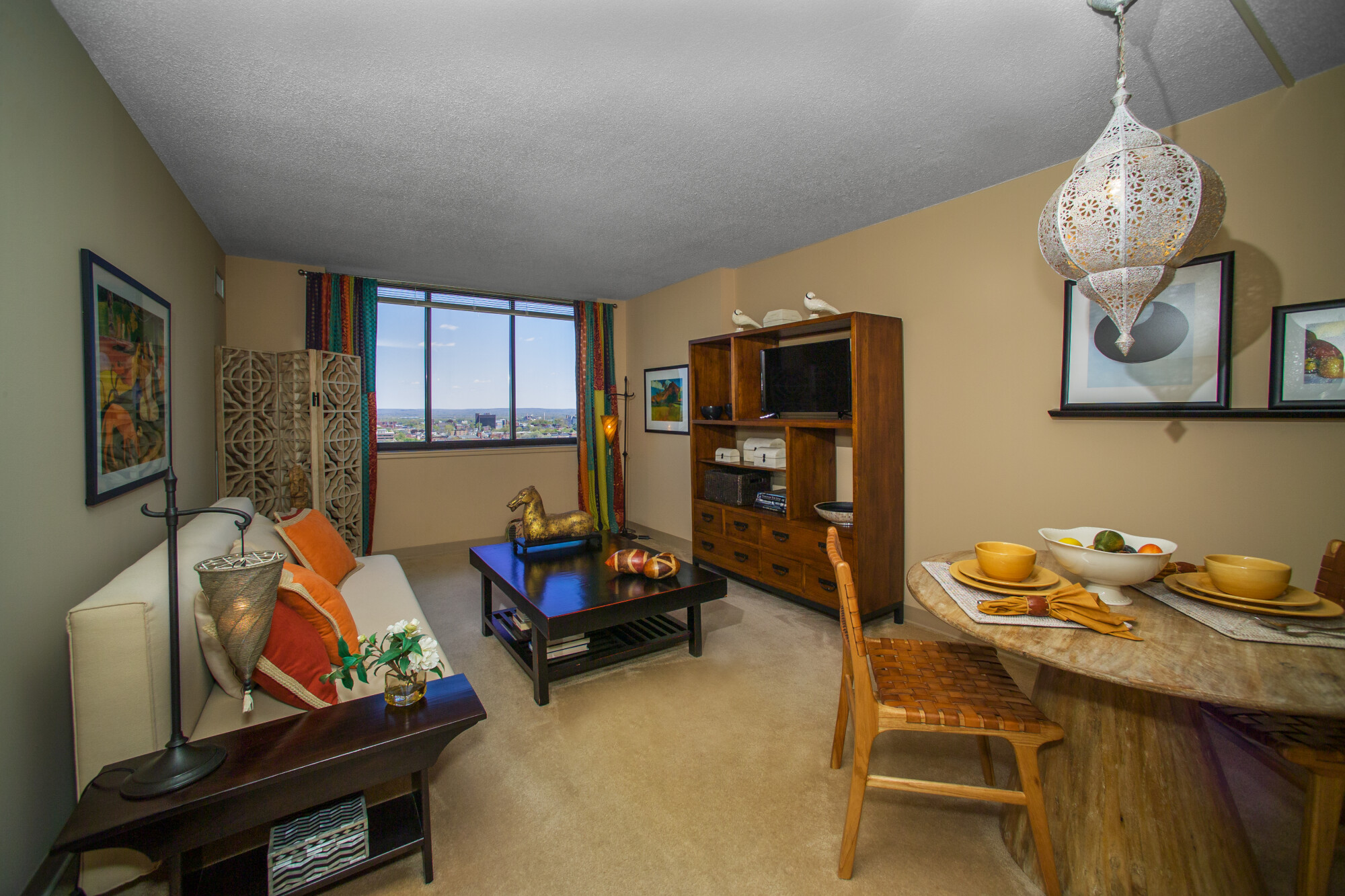

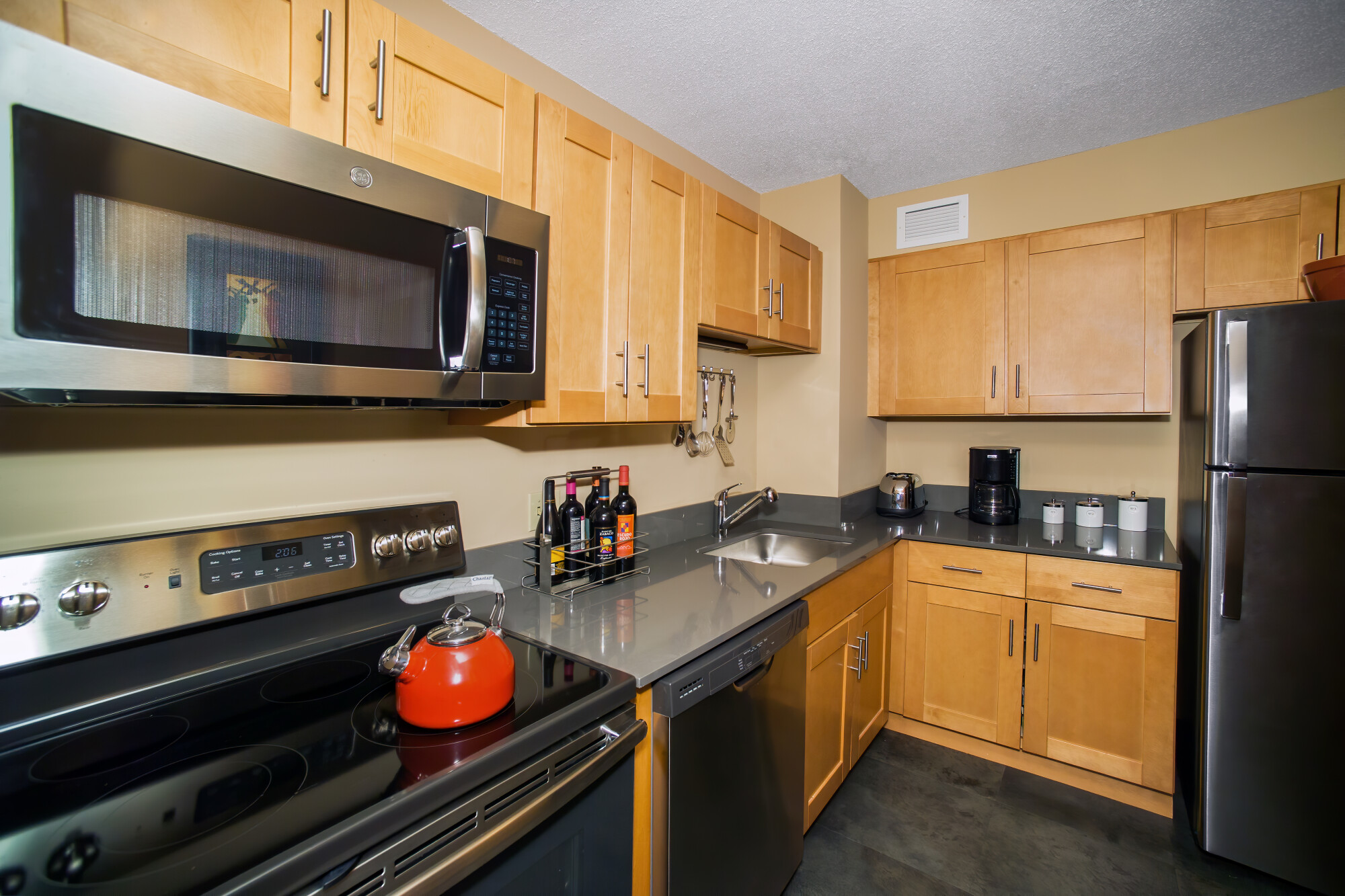
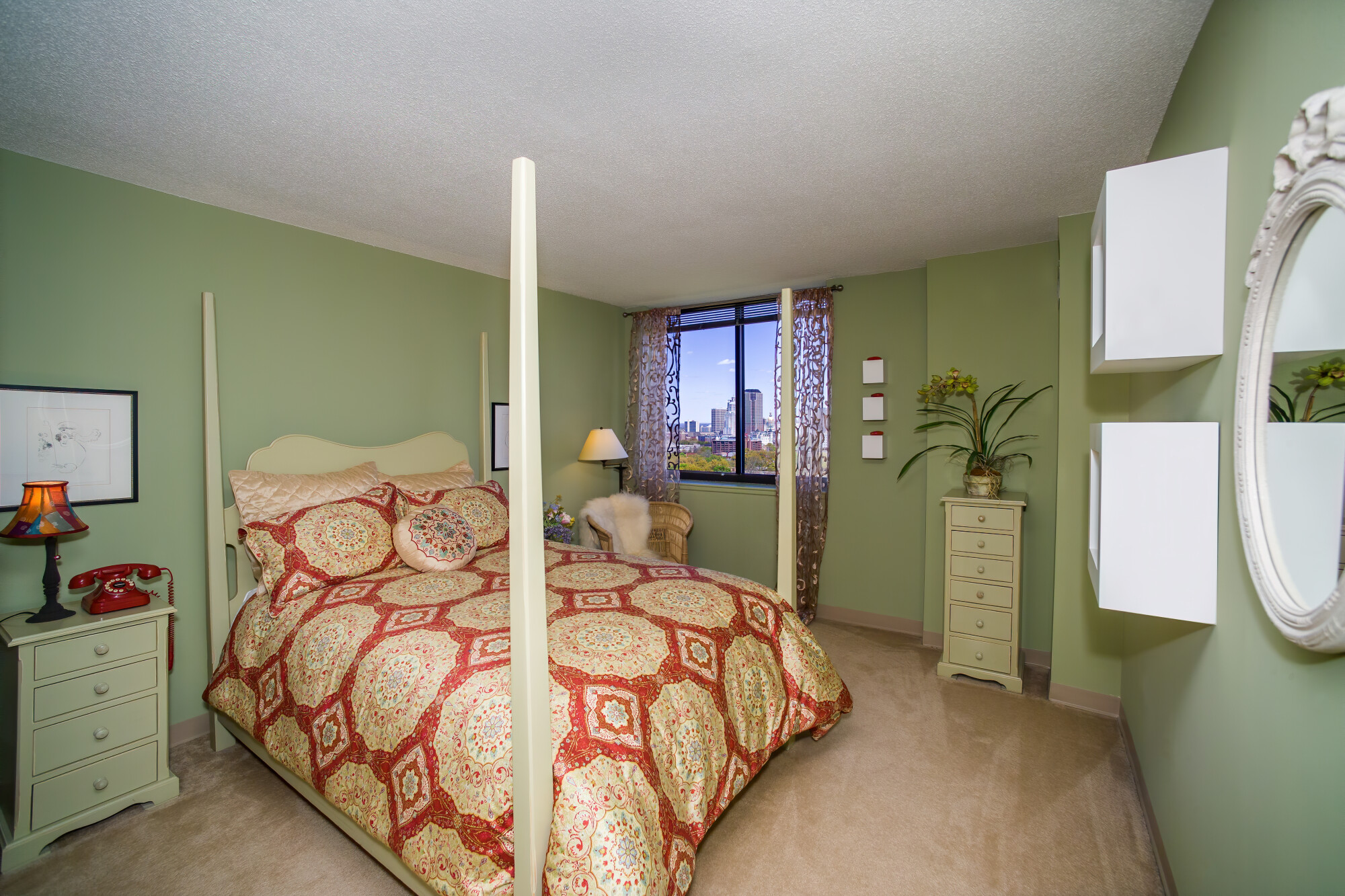
The real skill is to have the scene look like it wasn't lit. Since I worked with film for over 30 years; I am a big fan of getting the final image correct in the camera, rather than spending hours with editing software later.
For the short web videos, I utilized a combination of still images which I lit with flash and live video that I lit with daylight balanced floodlights. I added a music track in the video editing. The attention span on the web is short, so each video is 30 seconds. You can view them here: https://www.dropbox.com/s/2euubmzdff7xme3/One_Bedroom_2020.mp4?dl=0
This assignment tested three of my photography skills which I am constantly working to improve. It is my hope that my photography helps people find their new home. I am sure that watching the sun set behind downtown Hartford every evening, from the Park Place Towers, never gets old.
Tim Becker
Creative Images Photography
901 Main St.
Manchester, CT 06040
860-528-7818
tim@2cimages.com

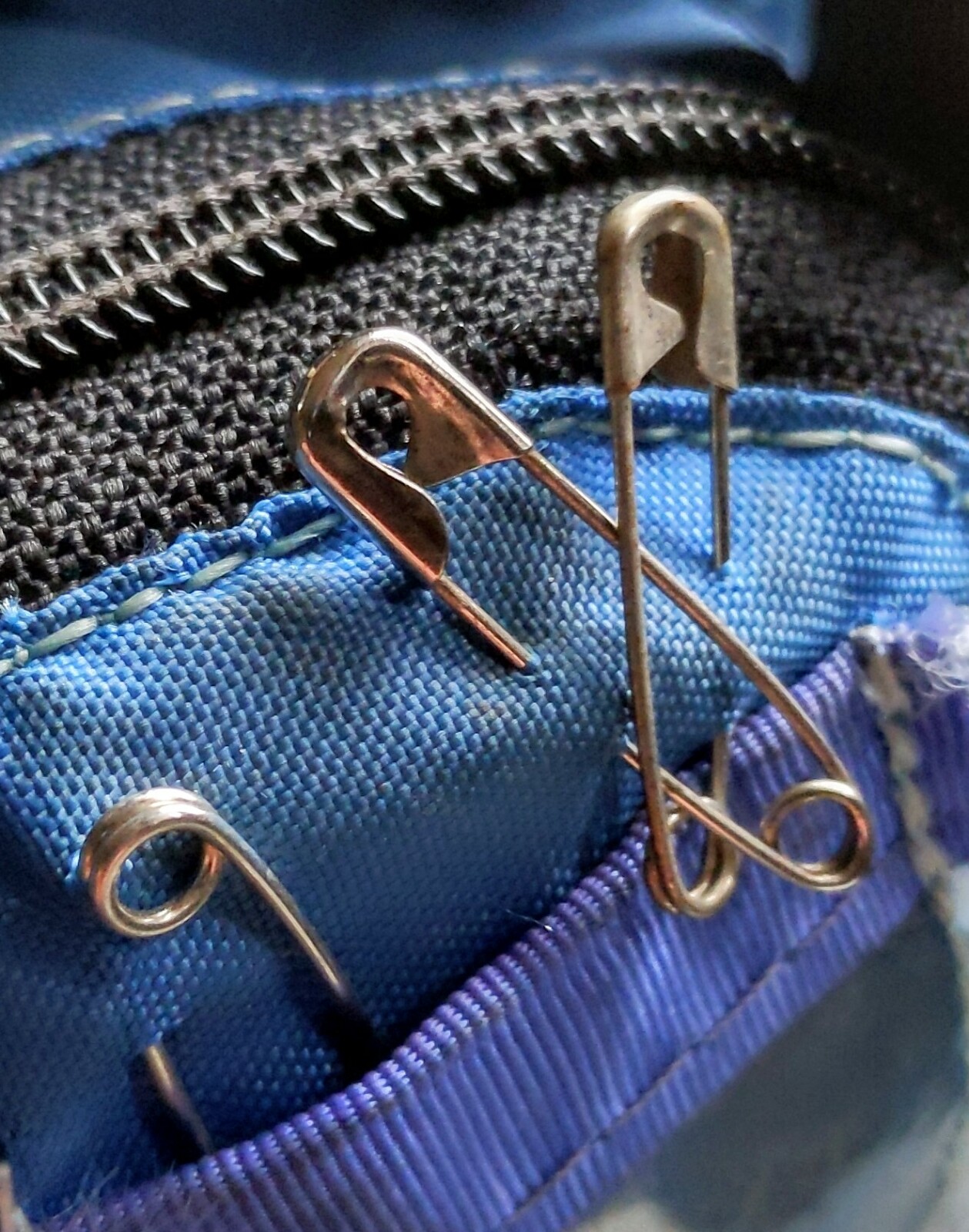
Even though I have been working as a professional photographer since my first job as an intern at age 19, at the “Manchester Evening Herald”, I still get nervous before big photo assignments. I looked it up on Google, and it is called “photographer’s anxiety”. I don’t remember most of the jobs that went perfectly, but the photo assignments that I had problems with, I will always remember.
“Whenever you go out into the world with a camera, you are going to make a mistake.”
~Joe McNally
I can’t explain the irrational fear that gives me butterflies in my stomach. Actors call it stage fright. Perhaps it is because there are so many ways that a photo assignment can go bad. Clients hire me for my expertise, experience and the way I see the world. I never want to let them down. Most of the time my anxiety evaporates once I begin clicking away. It is much easier now that I can see the image on the back of the camera. Before I started using a digital camera in 2000, there were even more ways to mess up; like the lab destroying my film, using the wrong flash sync, and thinking my camera was loaded with film, when it was empty. I have done all of these things. Unfortunately, back then, most of the time you didn’t find out until a day or two later that “your pictures didn’t come out”.

Big group photos and awards events, where I am on stage, give me the most anxiety. One way I cope is by being prepared with back-up plans and back-up equipment. When I am on stage at a corporate event, I better get the photo quickly because no one will wait around. I always have another camera over my shoulder just in case my camera breaks down.
In my camera bag I have two cameras, spare batteries and camera cards. I also have safety pins, ever since the time I ripped the seat of my pants covering an outdoor event at a womens' college. I squatted down to get a low angle and rip! That was embarrassing.
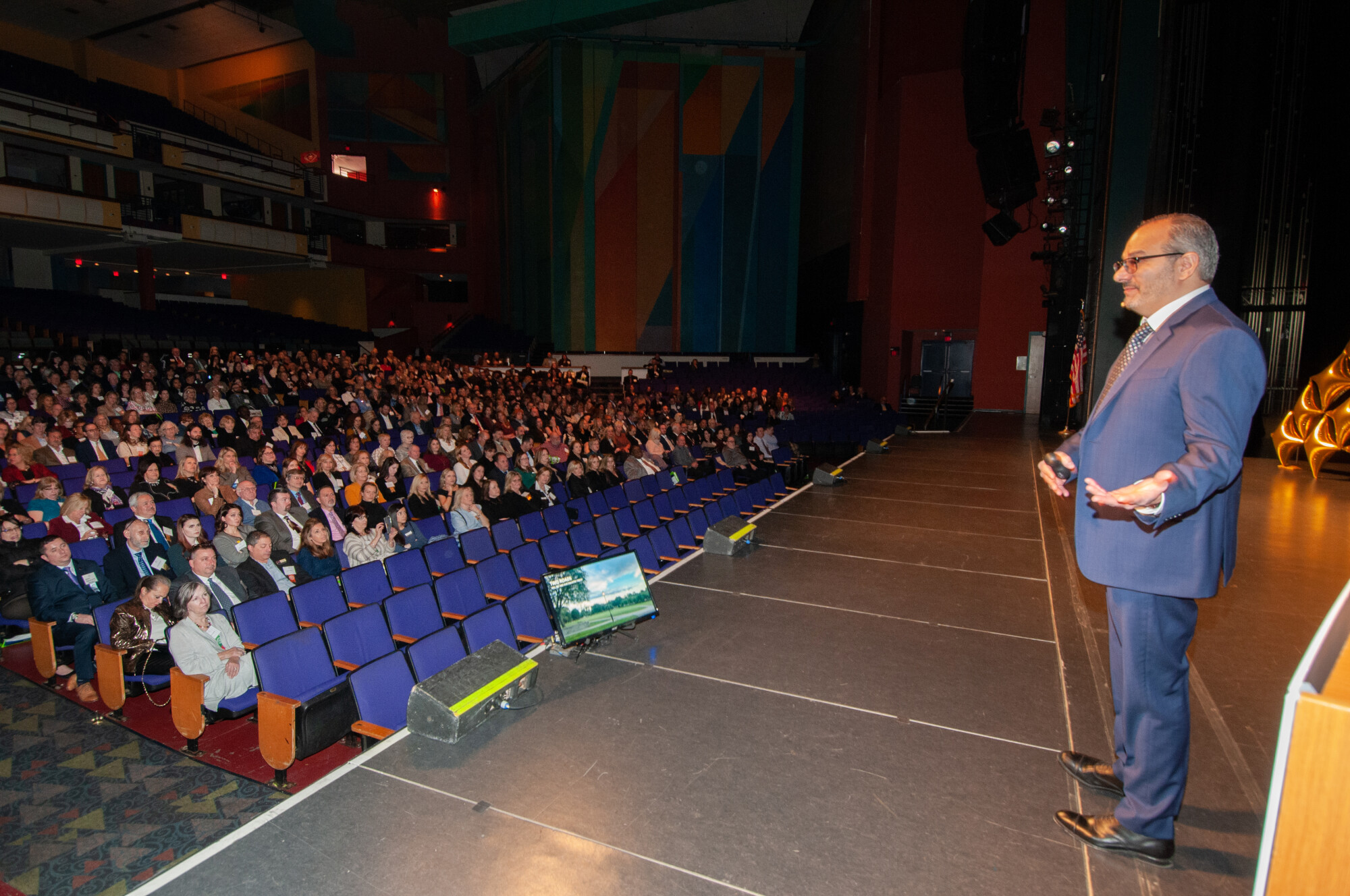
Equipment failure happens on a rare occasion, like the time a shutter failed on me during a corporate event in Greenwich, while the company President in his tuxedo was posing with his wife in her formal gown. As luck would have it, my assistant was standing next to me with a camera loaded with film, ready to go. Being prepared for failure does help. Then there was the time I had a light leak in my film back that I had used for a big corporate group shot. The company had to send out a letter to their employees stating that “due to technical difficulty” no photo would be sent. I found it so unnerving that I used two cameras on every group photo assignment after that, until I started using a digital camera. That too was a mistake. I relied on the automatic focus on my digital camera for a recent big corporate group shot, and only one frame out of eight was in focus. Now I check the image on the back of my screen at maximum magnification, before I tell the group “we are done”.

My biggest concern is not equipment failure; it is what I call operator error. For example, there was the time that I started setting up lights for a portrait at a doctor’s office and discovered I had forgotten my strobe packs. Of course, the marketing director from the client happened to be supervising the shoot. Luckily, I was only a few miles from my studio and quickly drove back to get them. When I returned to finish setting up, the client fearing that I was not coming back, was getting ready to take the portraits herself, with her I-Phone. Since then, I keep lots of extra lighting gear with me. I can't count the number of times I have pulled my car over on the way to an assignment to check my trunk, or to look in the back seat, to make sure that I have all the equipment I need.
While I was sheltering in place, I watched a recent Nikon sponsored video interview of a famous New York commercial photographer, whom I greatly admire: Joe McNally https://portfolio.joemcnally.com/index I got some comfort in hearing from him, that I am not alone in my anxiety. “Whenever you go out into the world with a camera, you are going to make a mistake” he said, “fear of failure is always is with you”. I have learned how to be a better professional photographer from my mistakes. I really dread messing up, but the only thing I am sure of is that I will make more mistakes and continue to learn from them.
Timothy Becker
Creative Images Photography
901 Main St.
Manchester, CT 06040
860-528-7818

